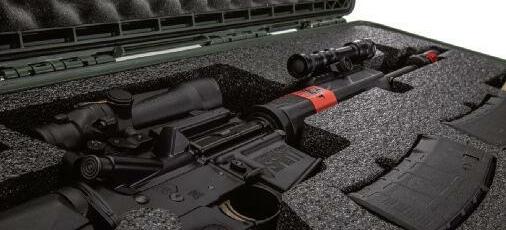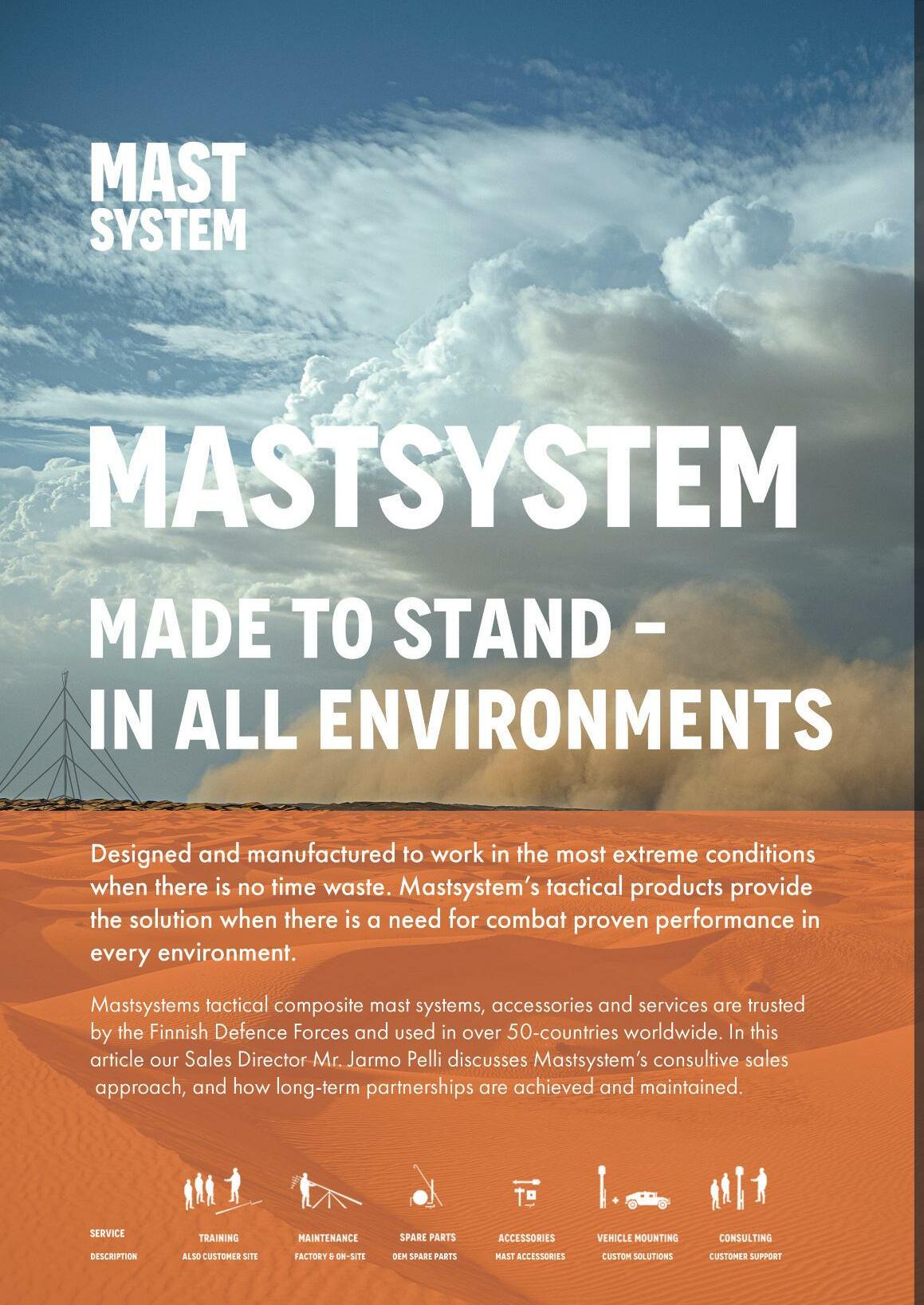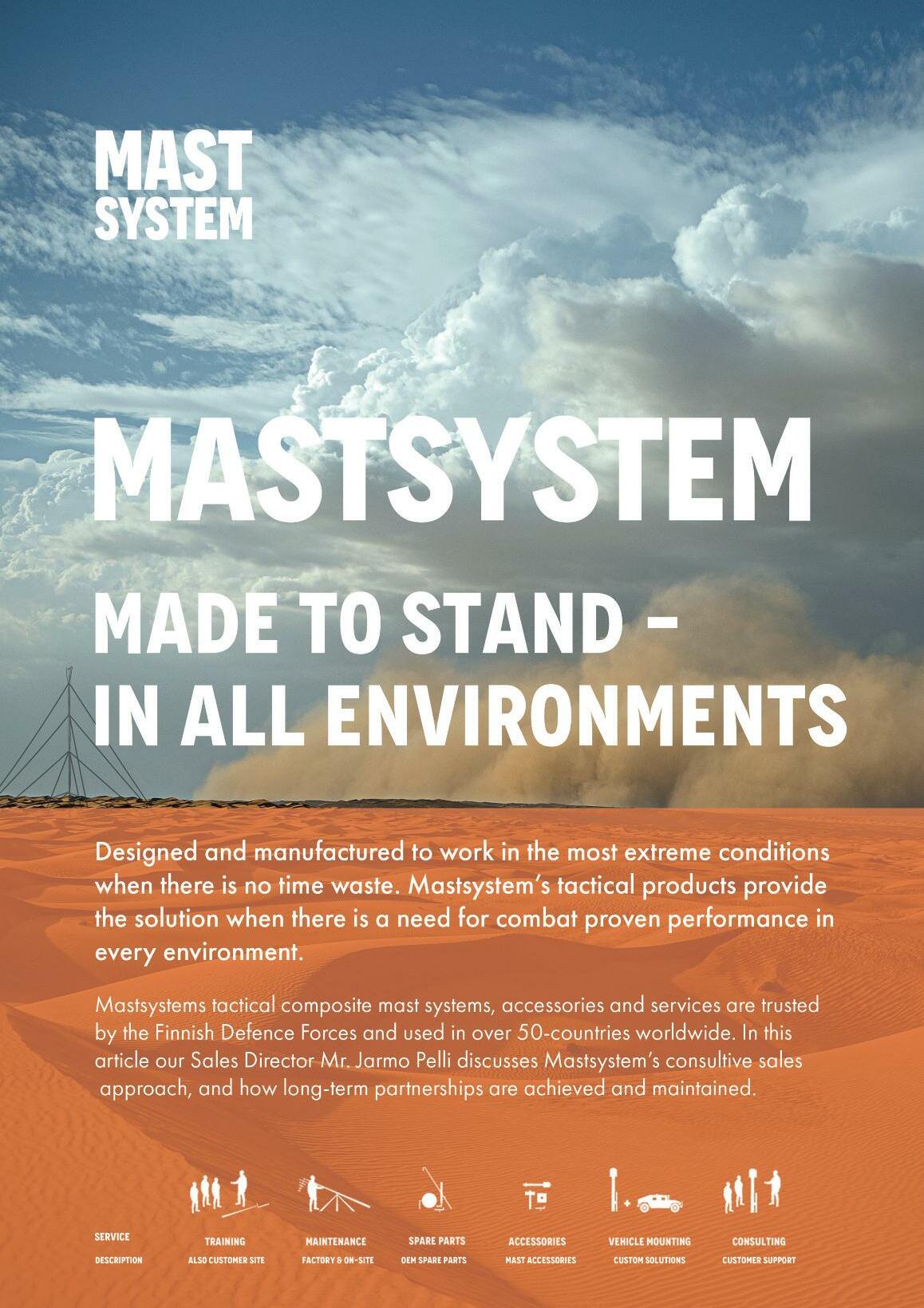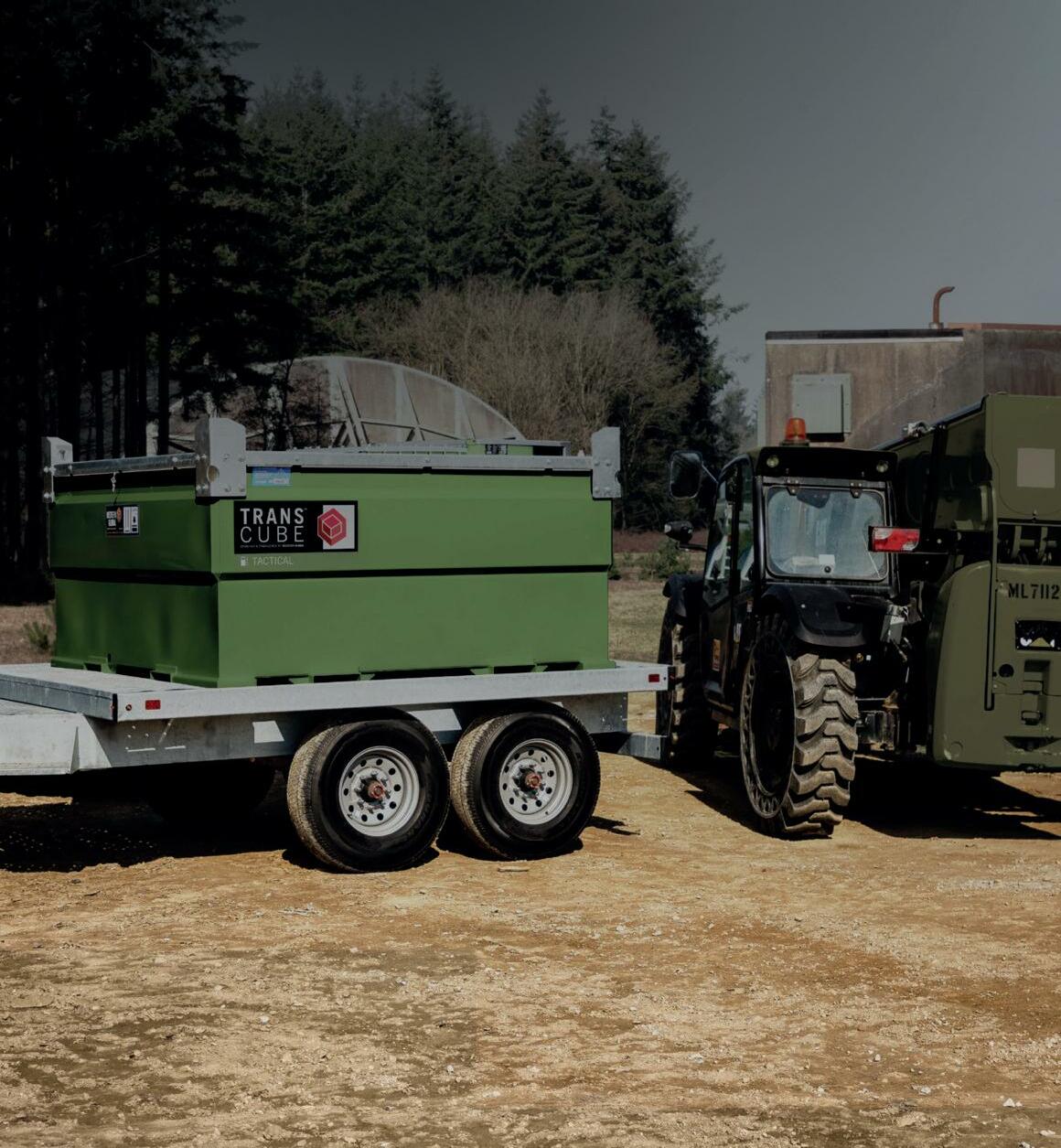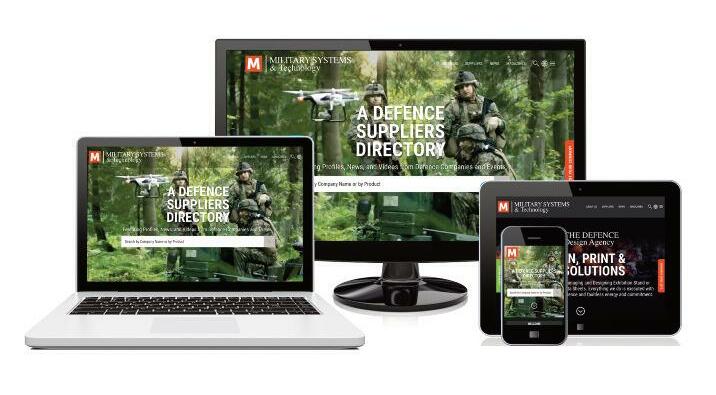


































































Interface Concept, a leading developer and manufacturer of high-performance embedded COTS boards and systems is introducing the IC-INT-VPX3k, a 3U VPX single board computer based on the 11th Gen Intel Core Xeon® W series (codename: Tiger Lake-H) processor.
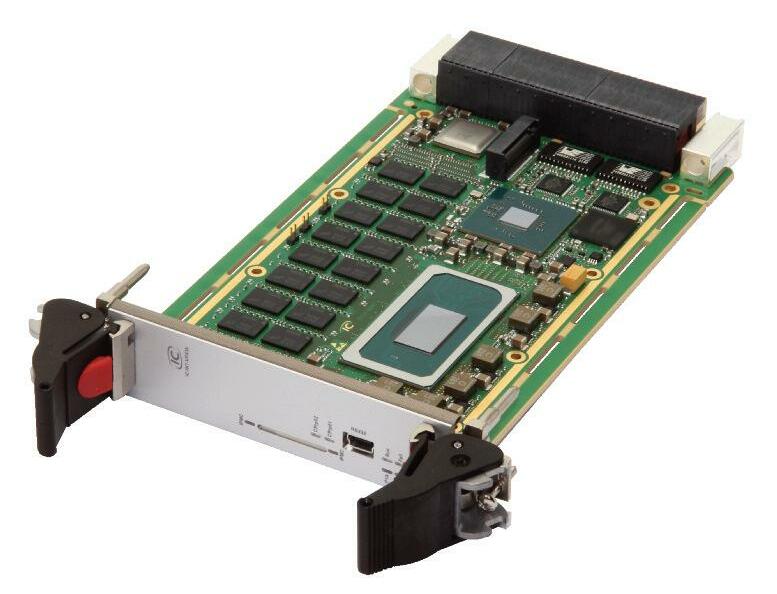
The IC-INT-VPX3k provides the computing power and the media interfaces of a high-performance workstation on a 3U VPX form factor, while keeping power at a low level It is aimed at large bandwidth and high-demanding applications located at the edge of networks which may have to meet thermal and environmental constraints and have real-time functionality and operational safety mechanisms.
This 3U board-level product leverages the latest Intel 10nm Intel® Xeon® W series processor enhancements to provide highcomputing performance and a complete set of high speed interfaces to system integrators with power, fast IO needs and latest generation video interfaces The IC-INTVPX3k takes advantage of the Xeon® W eight cores running at 2,1GHz, 64G
In addition, its supports the well-proven Intel® Advanced Vector Extensions 512 (AVX-512) instruction and the security protect modules of the Slim Bootloader

“The IC-INT-VPX3k is the ideal solution for integrators who are looking for a new generation of SBC combining performance, high speed interfaces, managed power and featuring the latest Intel developments in video. This board will be well-suited for customers designing mission computers and sur veillance systems” said Franck Lefèvre, Interface Concept’s Sales director
Interface Concept provides Board Support Packages for Linux® (IC SDK, others ) and VxWorks® Other RTOS can be supported on request Compliant with OpenVPX™ standard, the IC-INTVPX3k is available in air-cooled and conduction cooled versions (compliant with VITA 47 classes). Interface Concept is now taking orders for the IC-INT-VPX3k which will ship in Q1-2022.
•
•
•
•
The SCHROTH Mine Blast Protected Seat Systems are tubular lightweight systems with a unique resettable Energy Absorbing (EA) system designed into the seat.
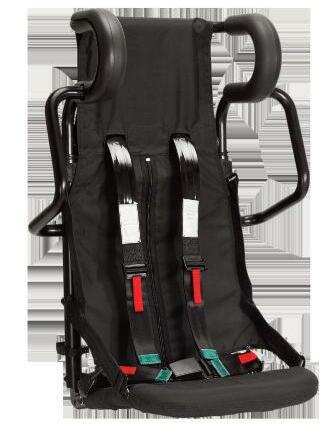
The EA design and technology comes from the years of experience SCHROTH has with energy management in seatbelt systems The design of the seat gives the occupan not only excellent protection in a mine blast event, but also offers excellent protection in the event of an accident or impact. The All Belts to Seat (ABTS) design allows the vehicle manufacturer to optimize the installation of the seat within the hull. An integrated footrest can also be incorporated into the seating system for additional lower-leg protection The unique SCHROTH EA technology is tunable to match the size and weight of the vehicle as well as the level of protection required and the available space within the vehicle interior The EA is also designed to reset itself and offer high levels of protection for the secondary (slam down) event




• SU-62 compact forward- or rear-facing seat

• SU-63 side-facing seat with full or side specific headrest for exceptional side impact protection
The SCHROTH seating comes standard with an ECE certified lightweight 4-point harness restraint Restraint systems with ECE complaint 5-point seatbelts are also available SCHROTH offers the ideal system for military personnel & troop transport configurations


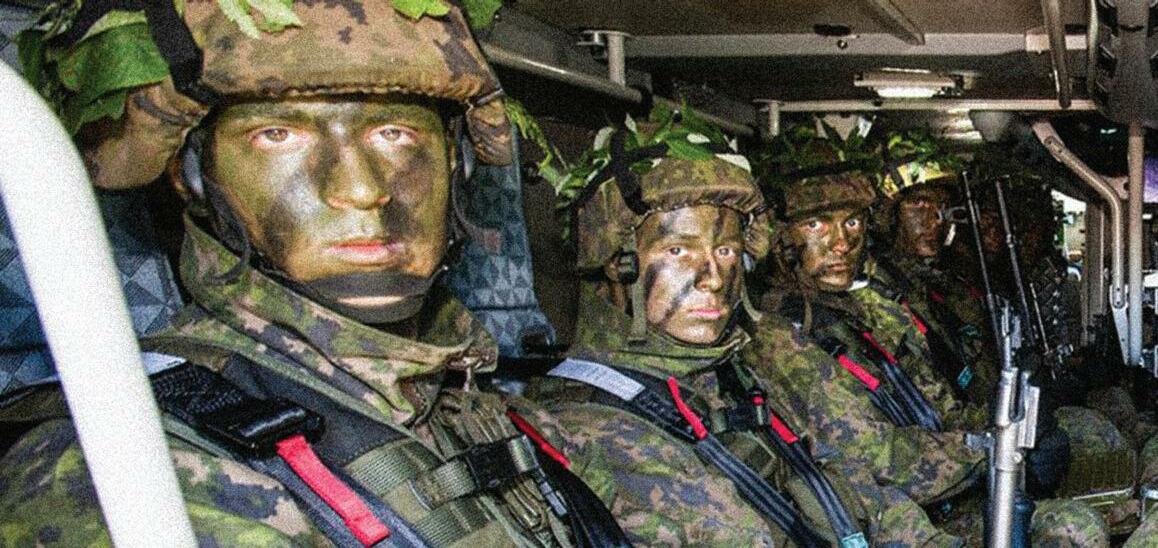
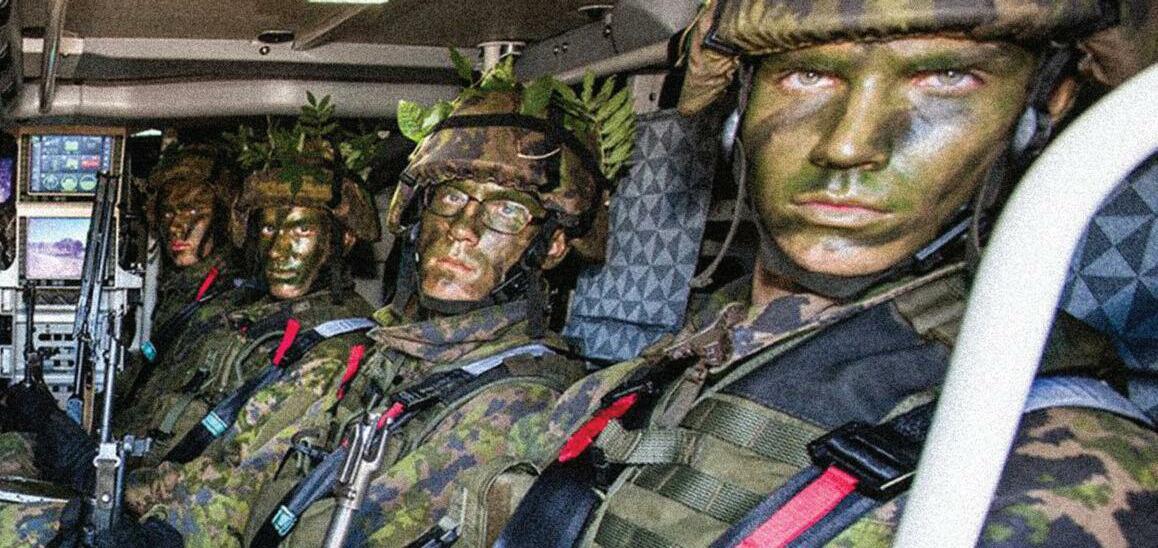





Lincad, a leading supplier of batteries and charging systems for military and other sectors, has designed an innovative Battery Logistics and Operational Compliance System (BLOCS) to simplify the process of recording states of charge of batteries in preparation for air transportation.
BLOCS is a label printing system and connects directly to Lincad’s in-service battery conditioners and chargers, the Armada, Caravel Mk2 and Four Channel Caravel Mk2. It allows batteries intended for use with military equipment to be flown safely around the world in adherence to IATA regulations, with full traceability.
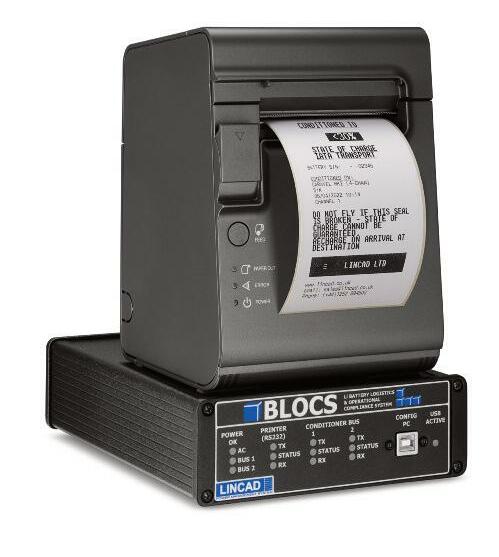
In 2016, IATA regulations changed to ensure that lithium-ion batteries could only be transported via cargo aircraft and only if they were at a state of charge of 30% or less These regulatory changes
were implemented following several high-profile cases where lithium-ion batteries were identified to be the cause of fires on aircraft. At less than 30% state of charge, lithium-ion batteries generally have insufficient energy to go into thermal runaway, a process which exacerbates the combustion process. The regulatory changes initially proved problematic for manufacturers and shippers of lithium-ion batteries and Lincad was the first company to integrate a transport mode into its conditioners and chargers to allow the 30% state of charge limit to be achieved through the simple push of a button
The BLOCS label printer is a further enhancement and automatically prints a status label for each battery being run through the transport mode on one of Lincad’s conditioners or chargers. When a battery reaches the 30% state of charge limit on a charge or discharge cycle, a status label is automatically printed, each label indicating the exact state of charge and providing other identifiable data for that particular battery. Through this approach, batteries can be demonstrated to be safe to fly and traceability provided, allowing those in the supply chain, the end user and third parties to have confidence that compliance has been achieved
BLOCS can be integrated with up to 32 conditioners or chargers at the same time This reduces overall system costs, speeds up processing times and streamlines logistics. Using Lincad’s six channel Armada conditioner, as many as 192 batteries can be processed simultaneously. The system comes as a factory add-on option and its automated, plugand-play approach requires no exter nal input from the end user following set up. Different conditioner and charger types can be attached simultaneously to offer maximum flexibility and convenience
Lincad’s conditioners and chargers can operate with a broad range of lithium-ion battery types Through the characterisation of battery charge and discharge profiles and the development of battery interface adaptors, batteries from various OEMs can come under the umbrella of a single type of conditioner or charger. With the integration of a BLOCS label printer, a whole fleet of different batteries can be prepared for air transport, offering a step change in battery logistics management.
According to Peter Copplestone, Operations Director at Lincad, “Our innovative BLOCS label printer is the ideal solution for busy logistics teams operating in militar y and other sectors to ensure that all their batteries are not only discharged to IATA-required levels, but are
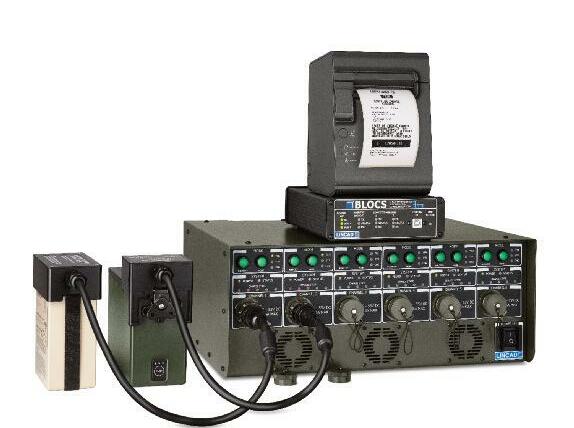
accurately and clearly labelled too. Customers can use BLOCS for charge status labelling of their Lincad products, but also for batteries from other OEMs.”
For long-term storage of lithium-ion batteries, a state of charge of 50% is generally recommended. In addition to a transport mode, Lincad’s latest conditioners and chargers feature a storage mode to allow batteries to have their state of charge adjusted to this 50% level to prolong shelf life. The BLOCS label printer system can be used in the same way to provide evidence that batteries have been prepared for long-term storage.
Lincad has worked predominantly in the military sector since it was founded over 35 years ago Key customers include the UK Ministry of Defence and defence prime contractors, along with other armed forces around the world, including those from NATO and the Five Eyes alliance Lincad works closely with its customers to supply a wide range of bespoke batteries and charging systems, including its popular LIPS (lithium-ion power system) range of batteries and associated chargers. These are ruggedised products, capable of withstanding hostile environments and demanding applications Lincad’s products provide a sought-after, military grade performance that can be adapted across a range of sectors

Flexzorb™ - The flexible, lightweight protective textile that is widely used by many of the world’s leading defence vendors, making us the leading provider of activated carbon cloth for defence applications
Lightweight and breathable, Flexzorb is used in a range of defence applications, including:

– CBRN Respirator filtration media
– CBRN Personal protective equipment (PPE)
– CBRN decontamination wipes
– Missile decoy media
– Phosphine gas adsorption media
Chemviron, the European Operation of Calgon Carbon Corporation, has a long history of protecting and defending troops with our activated carbon products, and we remain committed to providing adsorbents to combat chemical warfare agents In an environment where there is no room for failure, why wouldn’t you rely on products that have been used and trusted for over half a century?
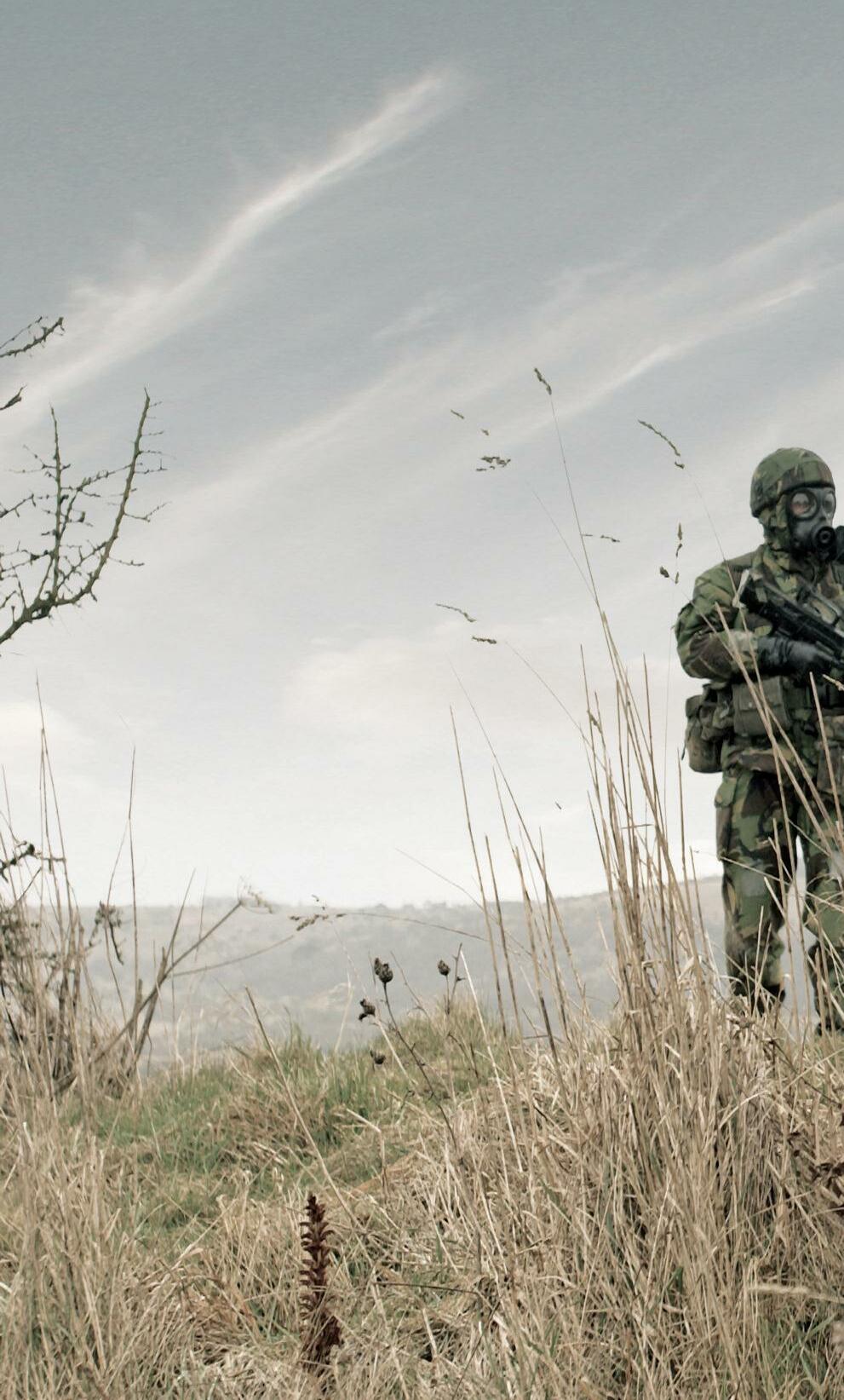





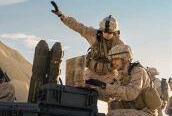
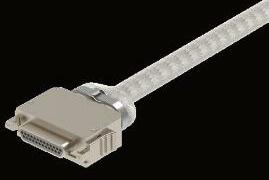




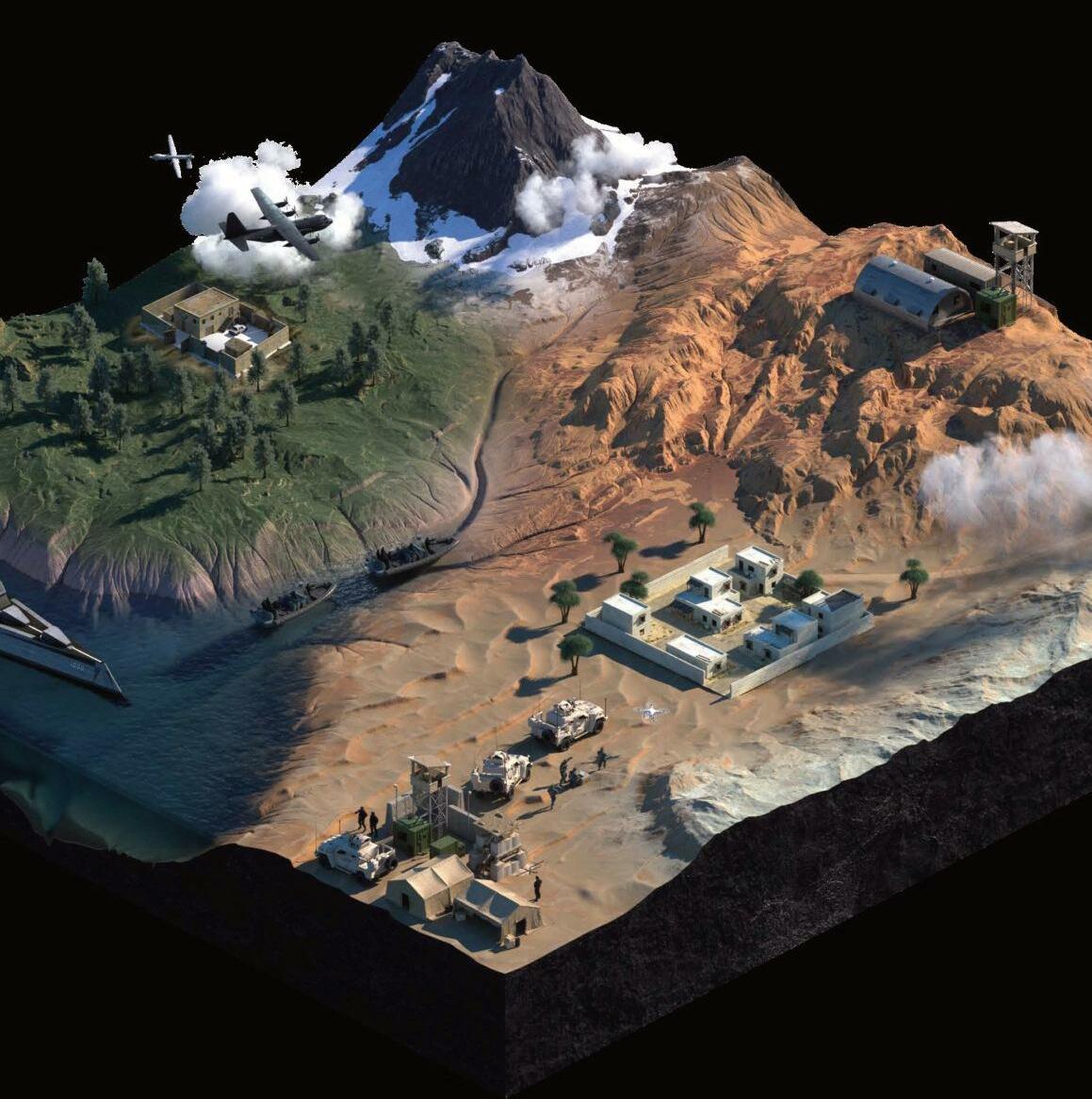

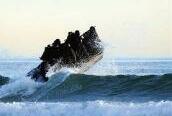





Advanced electronics in high-reliability systems are improving militar y and aerospace equipment to meet the significant challenges that lie ahead.
As new technologies expand and spread around the world, however, so has the potential threat from possible foes who have coopted modern consumer technologies, such as global positioning and information systems (GPIS), unmanned aerial vehicles (UAVs), and space systems, to ser ve their own purposes. Our technological battlefront now begins with militar y space equipment, sur veillance, and position control. As such, our defense industr y is developing improvements, expanding capabilities, and creating next-generation technical systems to provide immediate protection and prepare for potential threats To that end, a new digital battlefield program has evolved.
We are seeing a wide range of technical methods emerge to meet these challenges, beginning with cutting-edge sensors for data image collection and distribution There is a great need for
mission and situation awareness monitoring with real-time data collection, faster signal processing, and central command guidance transmissions. The amount of time allotted for action and reaction, and for data control and usage, has diminished to a critical stage, causing electronic equipment and methods to be pushed beyond their barriers. In response, new cables and connectors are being designed and implemented to meet the application-specific needs of new militar y and aerospace systems
Militar y satellite systems with wide-viewing capabilities will rapidly become a leading focus of technology expansion for sur veillance and reconnaissance control. Multispectral sur veillance cameras can provide images, while additional sensors monitor items such as weather, ocean levels, and other satellite and missile activities. Satellites also provide data for the new geospatial intelligence system (GEOINT), which features image analysis software that drives higher-speed digital signal data comparisons. Ruggedized, lightweight, high-density connectors with 050” and 025” pitch spacing are used to direct that data into the transmission modules that send it back to Earth.
UAVs designed for use at ver y low elevations, and typically controlled by earth-bound ships or ground troops, have added major advantages to our mission quality UAVs provide a different value in sur veillance, and offer close control for monitoring widearea moving target indicators (MTIs), ground targets, and airborne early warning (AEW) radar sur veillance in support of theater missile to ground defense The thorough package of electronics in today’s UAVs includes: directional control, GPIS referencing systems, high-resolution cameras, and ammunition launch and controls
A key to the success and performance of these highly mobile,

fast-moving UAVs is extreme signal speed and integrity Ruggedized, miniature connectors with small diameters and high-speed differential signal processing capabilities are essential for making cable connections between the data storage modules these systems rely on They also enable some transmission-to-ground communications, but image and data modules are often quickly replaced at base stations on the ground These applications have driven the use of ruggedized micro and nano sized latching connectors, and high-speed digital signal formats are used to handle speeds above 5Gb/s.
Phased array radar is rapidly eclipsing the old moving dish radar technology. These advanced systems use multiple transmission lobes (i e , antennas) and send coordinated signals with slightly adjusted phase shifts to focus the radar beam directly at one point and define targets with serious resolution. Circuit speeds and logic systems continue to function more rapidly, allowing even the fastest missiles to be tracked electronically The militar y industr y is benefitting greatly from these systems due both to their increased capabilities and their ease of portability, which makes them even more versatile
One of the keys to phased array radar is the use of multiple sets of high pin- and socket-count connectors capable of handling rapid signal processing to and from radar modules, which helps adjust the phase angle of the antennas to follow rapidly moving targets The high-speed signal capacity of these connectors also provides improved intelligence, sur veillance, and reconnaissance (ISR), as well as targeting, weapons deliver y, and threat warning systems Additionally, the use of digital-signal interconnections has become critical in reducing the vulnerability of radar to electronic countermeasures (ECMs). Electronically scanned arrays, along with sophisticated software, manage variations in environmental conditions and identify jamming attempts
Mass storage and portable Ethernet systems are some of the most rapidly evolving instruments in the mil/aero industr y Many requirements for handling data and processing signals must comply with Avionics Application Standard Software Interface (ARINC 653) This interface specification is aimed at ensuring that the aeronautics and space industries operate within a realtime operating system (RTOS) standard. The ability to host multiple applications of different software levels on the same hardware also provides universal performance while retaining a small physical size and low weight The current focus is on routing both more and higher-speed signals into the main bank of equipment that stores the mass bulk of data being received. The new boards designed to enable this are highly condensed, lightweight, and rugged to suit the needs of equipment including the portable militar y electronic systems that are taken into battlefields High pin-count edge-card connectors and mating cables are routed from detection and sur veillance units back to the main system and provide the signal integrity and digital signal speeds that can prove critical during adverse battle conditions
Portable Electronic Devices (PEDs) often specify micro-sized

circular connectors for highly portable modules that require the combination of power and differential signal processing within a single connector and cable This often requires customized cable designs and careful attention to wire hook-up protocols to insure high signal integrity and offers up to 10Gb/s Power levels depend upon the power pin and the size of the power wire specified. The number of signal pins can be designed to accommodate multiple digital signals, and metal shells are often used to provide 100% shielding from the cable to the connector.
Militar y robotics are used in remote battle situations to analyze, predict, report, and deliver a wide array of information For example, the militar y employs both front line and perimeter IED detection for carr ying pack loads and remote ground ammunition-firing systems The Talon, by Qinetiq, is easily transported to battlefronts and can operate in adverse weather and terrain. This robot travels rapidly carr ying customized electronic equipment that allows behind-the-front control and delivers rapidly even in ver y rugged conditions. It also has the capability of firing weaponr y from its own chassis. Cable and connectors utilized in these types of equipment must be extremely rugged and waterproof, and efficiently distribute

power and remote directional control simultaneously with image capture and transmission
Many of the ground robotic connectors for militar y and aerospace applications require the combination of low weight and extreme reliability when exposed to shock and vibration. Special pin and socket systems using spring ber yllium copper or twisted steel are used to retain constant contact during these events In addition, each pin/socket set must be plated with nickel and then gold to help retain contact reliability over long exposures Test specifications are defined to qualify and insure reliable performance Many applications will require metal back shells and braided metal shielding over the cable to prevent both damage and EMI (electromagnetic interference shielding) As signal speeds increase and as more electronic packages are crammed into tighter spaces, this is becoming more and more critical.
Soldier-worn electronic systems are being deployed extensively This is the era of the high-technology digital battlefield. Constant communication with each ground trooper and biomonitoring are critical to protect the personnel Higher speed signals, again, become life- supporting as well as efficient for critical data sharing from satellites, unmanned vehicles, and ground central. Munition directions from the ground team will be processed at the soldier with his onboard computer that is linked with a militar y GPS satellite above.
The connectors and cables must meet three key criteria to maintain these functions in a wearable format. They must be reliable, weigh as little as possible, and provide ideal signal integrity at all times Each new cable and connector design is reviewed for how and where it fits on the soldier’s equipment pack and uniform. It is then fabricated and tested for the electrical and mechanical specifications the soldier will
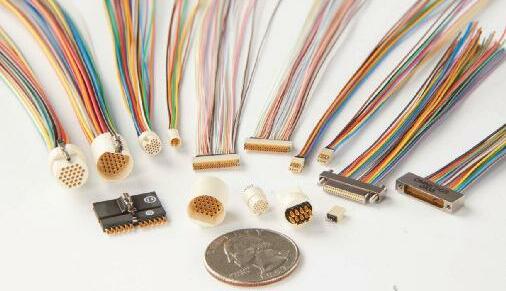
experience in the field Finally, the new cable and connectors are installed into his system That is not always the last step, however. The militar y must be the critical element in the “useable” features of each new cable and connector. Redesigns are an acceptable way to refine and improve the cable and connectors, much as it is for the rest of his equipment pack
Adapting today’s connectors to new militar y and aerospace requirements has become a serious process that goes beyond the older “quote-a-spec” method of the past As seen in the wide range of applications above, one connector design, size, and shape does not fit all More often, the designer must review the combined details of electronics, mechanical use, and sur vival to adapt connectors to fit and perform in these advanced technologies. Requirements var y from mobile instruments, ground troop electronics, and even militar y space systems
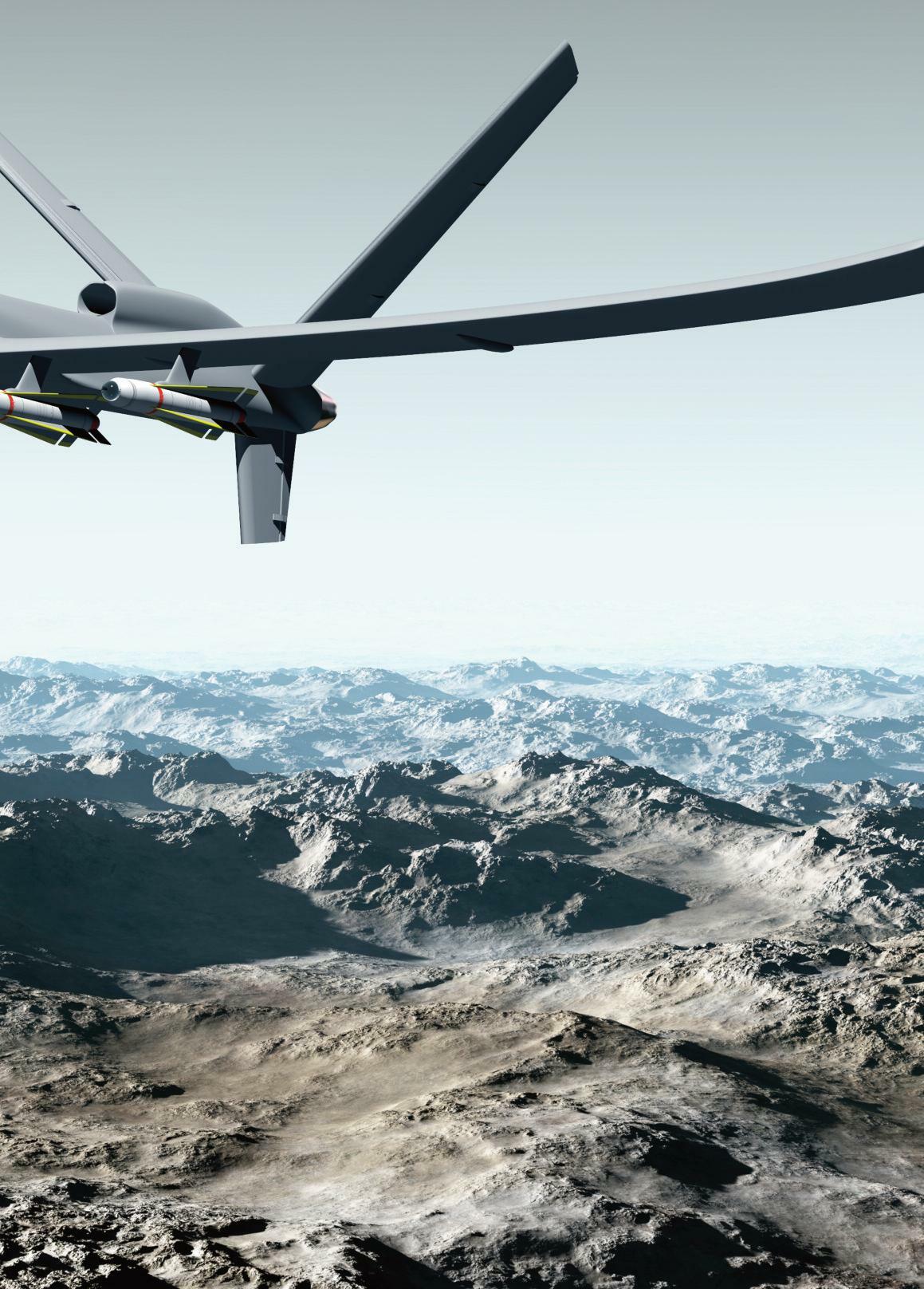
This process of configuring connectors to application-specific functions often begins with a review of the equipment to which the connectors will be applied. Standard and COTs connectors can be considered and analyzed to find a close fit to the new application During early stages of design, COTs connectors can be used in prototype circuits, which can save time and cost of development There are significant advantages when the COTs, or even small changes to the COTs connectors, will suffice. Connectors with previous militar y-quality materials and processes can shorten the design cycle time and give early expectations of lifespan and performance When changes in shape or size are required, a solid model of the new design can be quickly completed by the connector supplier and sent to the system design team. This can begin an online work session that also helps to get the design right early in the process After design completion, connector fabrication can be transferred directly to smart tooling machines
Planning for the cable as signal speeds increase can be ver y critical. Higher speed differential signal processing pushes the limits of standard cables in our industr y. Signal length, attenuation, and skew of differential signals must all be planned, prescribed, and attended to in the cable design In the past, we planned for the resistance and potential crosstalk of signals within a cable. Now, we must prepare for high-speed different electron propagation delays between signal lines that can cause skew, and plan for inductive reactance, as well as learn new ways to prepare and test the cable before it is attached to the connector Some methods are evolving by use of TDR (time delay reflection) instruments or by sending complete signals down the new cable and reviewing eye diagrams that exhibit noise, jitter, and skew of the signal as it actually runs through the cable
Final electrical and mechanical testing can assure good performance of the completely assembled connector to the cable harness. Field-proof testing and certification will require building enough of the products to run the group through combinations of mechanical, environmental, and signal integrity performance Shipping new cable and connectors for militar y equipment has become a detailed and important step. The supplier must remain critically aware of the many new expectations of the connector systems of today and tomorrow











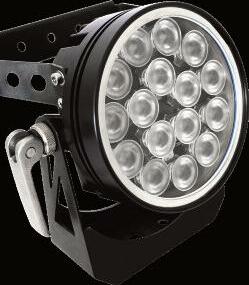

Oxley
Under this agreement, commencing from November 2022, Astute will represent Oxley across the electronic components range including EMI filters, interconnect solutions and LED panel lamps This new UK agreement builds on a long relationship between Oxley Group and Astute in Germany
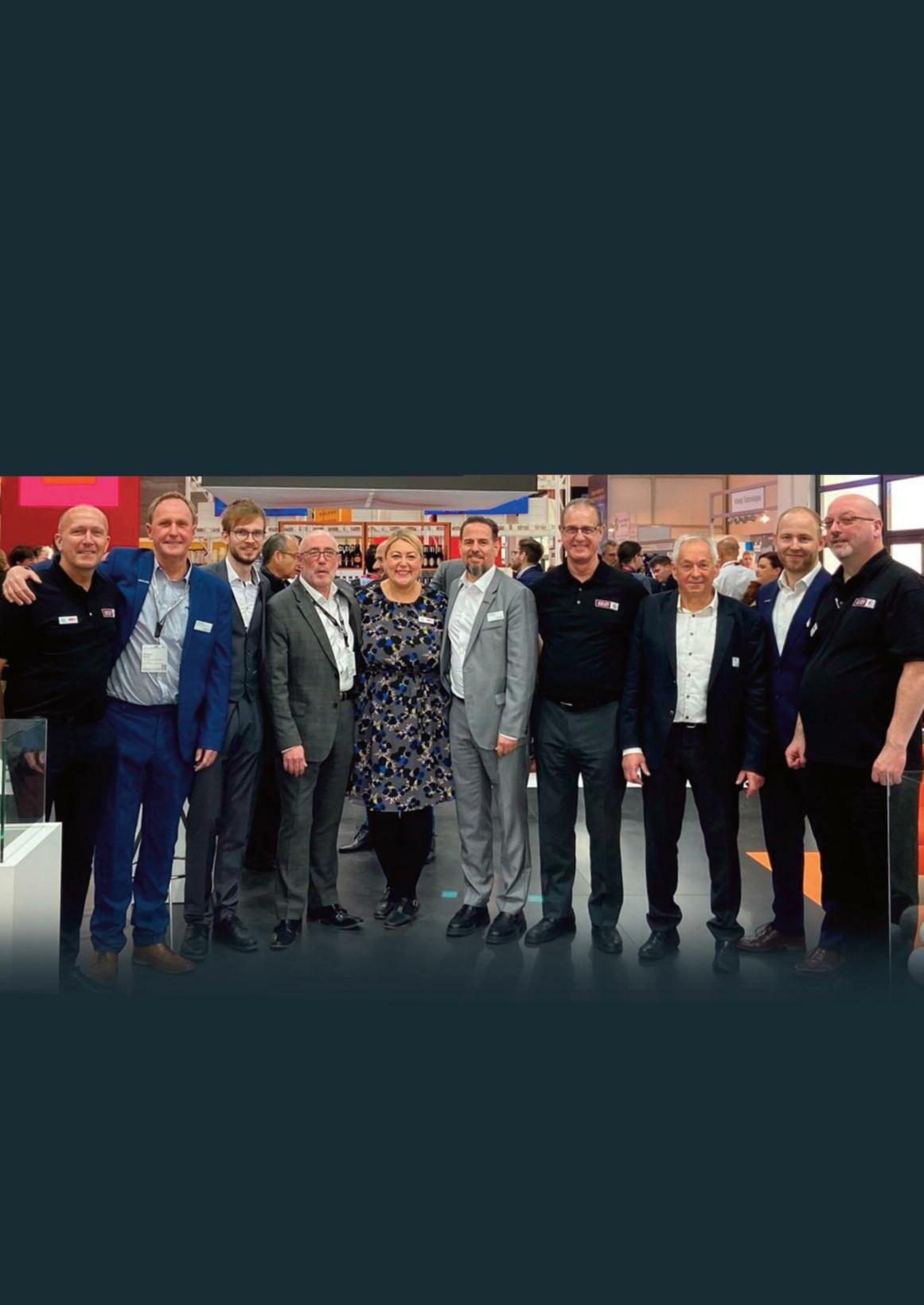
Electronics specialist Astute has 30 years’ experience in supplying components to the aerospace and defence markets This partnership will capitalise on this experience to enhance the ser vice to Oxley’s UK customers through improved product expertise and design support as well as the swift fulfilment of deliveries The Astute team, headquartered in Stevenage with sites across the globe, has a dedicated design support ser vice with experienced product managers and application engineers as well as the backing of the wider Oxley team
Oxley CEO Darren Cavan commented, ‘Astute, with their values of
Agility, Passion & Innovation have a great synergy with Oxley, we are ver y confident that this partnership will ensure customers in the UK receive the best possible support and we are looking forward to developing a prosperous relationship moving forward ’
Stewart Burns, Passive and Discrete BDM, Astute added, ‘Astute is delighted to partner with Oxley, the product range fits perfectly with the Astute portfolio, Oxley, like Astute is heavily invested in ensuring long-term supply for the lifetime of all customer projects Excellent customer relationships and a full design and test facility ensures that the Astute & Oxley partnership can facilitate initial design, evaluation of a new or existing requirement or the deliver y of off the shelf EMI Filter, LED Lamp or Interconnect solutions
For
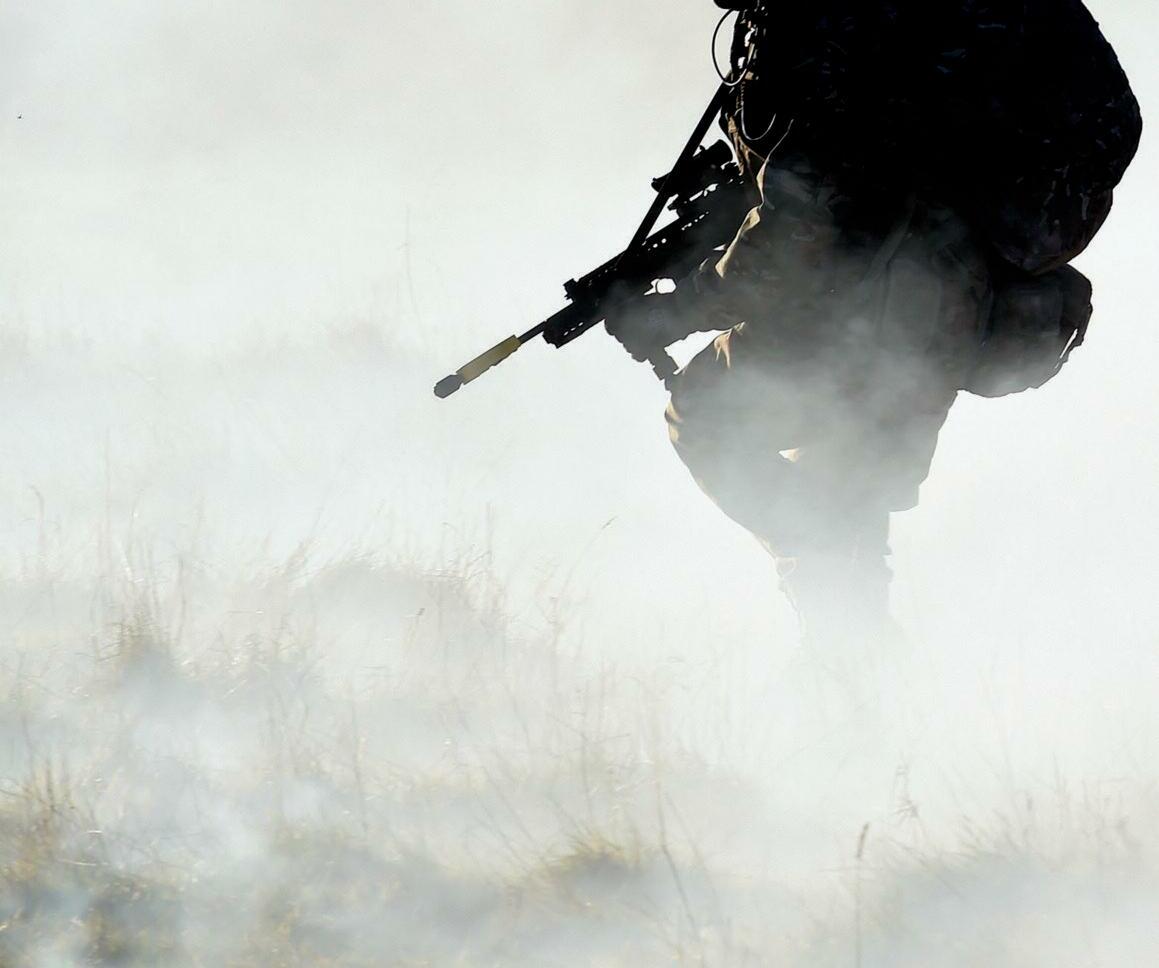










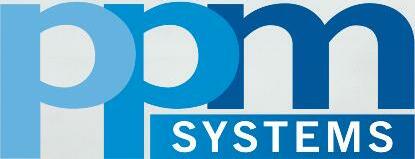








Whether it’s blinding sunshine, clouds, fog, snow, situations with too little light, or no light at all, heavy rain or a smoke screen raised by the enemy that lies in the way, navigating a battleground can be difficult and dangerous.
Having unobstructed sight is the key to keeping an army team safe and making combat more efficient Nedinsco developed a series of customizable, real time, 360° awareness systems that are tailored to the exact needs of any armored vehicle The new FALCONA and AQUILA systems increase crew and combat safety by detecting outside threats and by making it easier to maneuver in complex situations
No matter the distance, your crew has an unobstructed view in even the most challenging circumstances, thanks to modular optical sensors operating in different spectral ranges, such as lowlight CMOS (daylight), Short Wave Infra Red (SWIR) and Long Wave Infra Red (LWIR) Their names, inspired by birds of prey, match their value proposition: a sharp, hawk eye view in any tense situation
By mounting multiple rugged cameras on the vehicle with overlapping fields of view and using advanced imaging and software, our advanced systems are able to create a 360° image
that gives your staff the agile scope that they need Our solutions allow your crew to have a real time and seamless 360° over view and to switch between bird view, rear, left, right and front views
The Close Range Awareness System (CRAS) FALCONA visualizes the immediate vicinity of the vehicle The images that the four cameras produce are connected primarily via the Battle Management System. This enables the driver to look around the vehicle in 360° and thus maneuver around the terrain in a safe manner, without crashing into obstacles.

Unlike the FALCONA, the AQUILA, being a Local Situational Awareness System (LSAS), focuses on short to medium distances At least six cameras are used, which are mounted at different positions on the vehicle, usually corners The primar y purpose of this system is to visualize the environment around the vehicle and help the crew detect potential hazards from a distance This leaves more time for the team to prepare and take appropriate action




Seamlessly connecting the input from different cameras to shape a 360° environment forms the backbone of both systems Besides, the delay (or latency) caused by the processing of the raw images was brought to a minimum, making it a truly stunning piece of engineering A personal, real-time video stream on ever y display in the vehicle facilitates fluent communication and affords efficiency within the team. It enables the team to react more quickly to dangerous situations
The extraordinar y quality of the sensors and lenses used, the powerful state of the art Graphic Processing Unit (GPU) and the sensational video editing software together form a rare combination of functionalities Nedinsco's FALCONA and AQUILA are therefore unique in the market
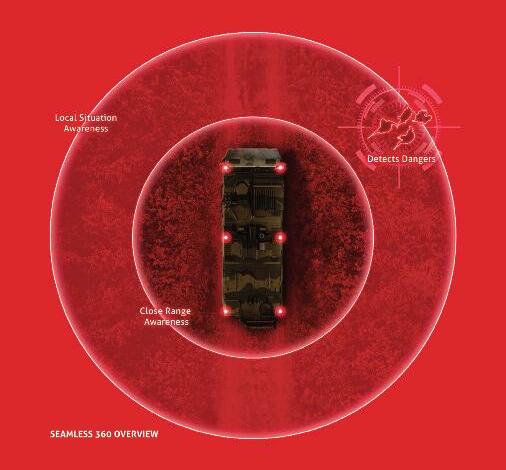
The development of our 360° systems continues, even after the introduction of the FALCONA and the AQUILA. A promising functionality that is being worked on behind the scenes is the addition of AI technology with which the images made by the cameras can be analyzed and interpreted in real time
With a powerful GPU on board, it is possible to use machine learning to train an algorithm that can identify and track objects from great distances and can give advice on what to do next This makes it possible to make faster decisions in combat and to be better prepared for possible dangers from outside This way, Nedinsco will continue to make a difference in the future, in order to make the work of those who protect us safer
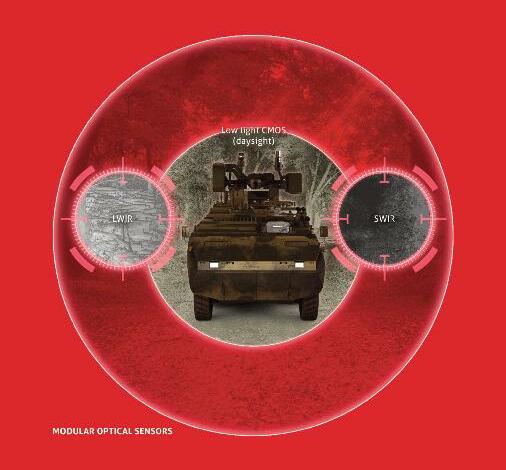


Whatever your objective, Cummins gives you rugged and dependable power to achieve it Our fully modernized V903 powerpacks provide up to 560 kW of reliable power for tanks, armored personnel carriers, armored earthmovers, mobile rocket launchers and more. Plus, we offer multiple ways to keep command centers, mobile hospitals, forward operating bases and weapons systems up and running. In the field or on base, Cummins gives you the power to succeed.

Find
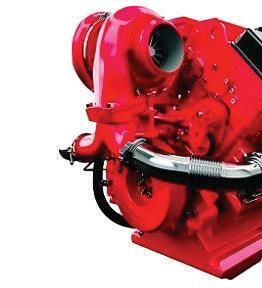
out more at cummins .com/defense



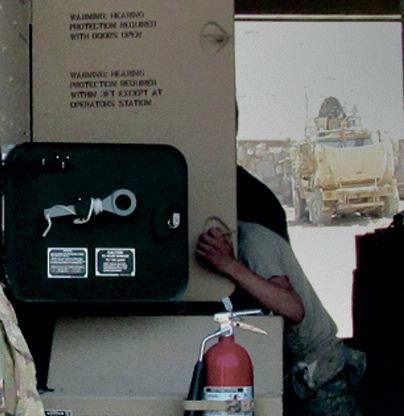


HMG Paints, the UK’s leading independent paint manufacturer, has launched its new Defence Coating brochure.

The brochure which launched at DVD 2022 held at UTAC Millbrook, offers a complete guide to HMG’s range of over 100 paints and coatings for use on militar y vehicles and equipment, including Def Stan 80-225 However, the major feature of the guide is that it features a full list of paint related NSN’s and breaks them down so they are easy to understand The new brochure and the HMG Technical Support ser vice is all aimed to take the hassle out of identifying and sourcing the correct products for Defence projects
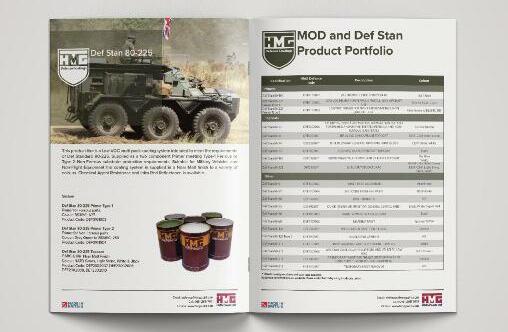
to identify paint requirements with NSN Numbers

“We’ve designed the guide to help take the hassle out of identifying which paint OEM’s, refinishers and other users need, be that via Def Stan references or NSN numbers ” Commented Josh Taylor, HMG Paints Defence Technical Support. “During DVD 2022 exhibition we had numerous people visit the stand who were struggling to find the right product and order codes and we were able to provide them a guide and help them quickly identify the correct product ”

For those who missed out on a copy of the guide at DVD 2022 you can email defence@hmgpaint.com to request a copy Alternatively you can contact the HMG team directly to ask a question about HMG’s paint range and technical support ser vices
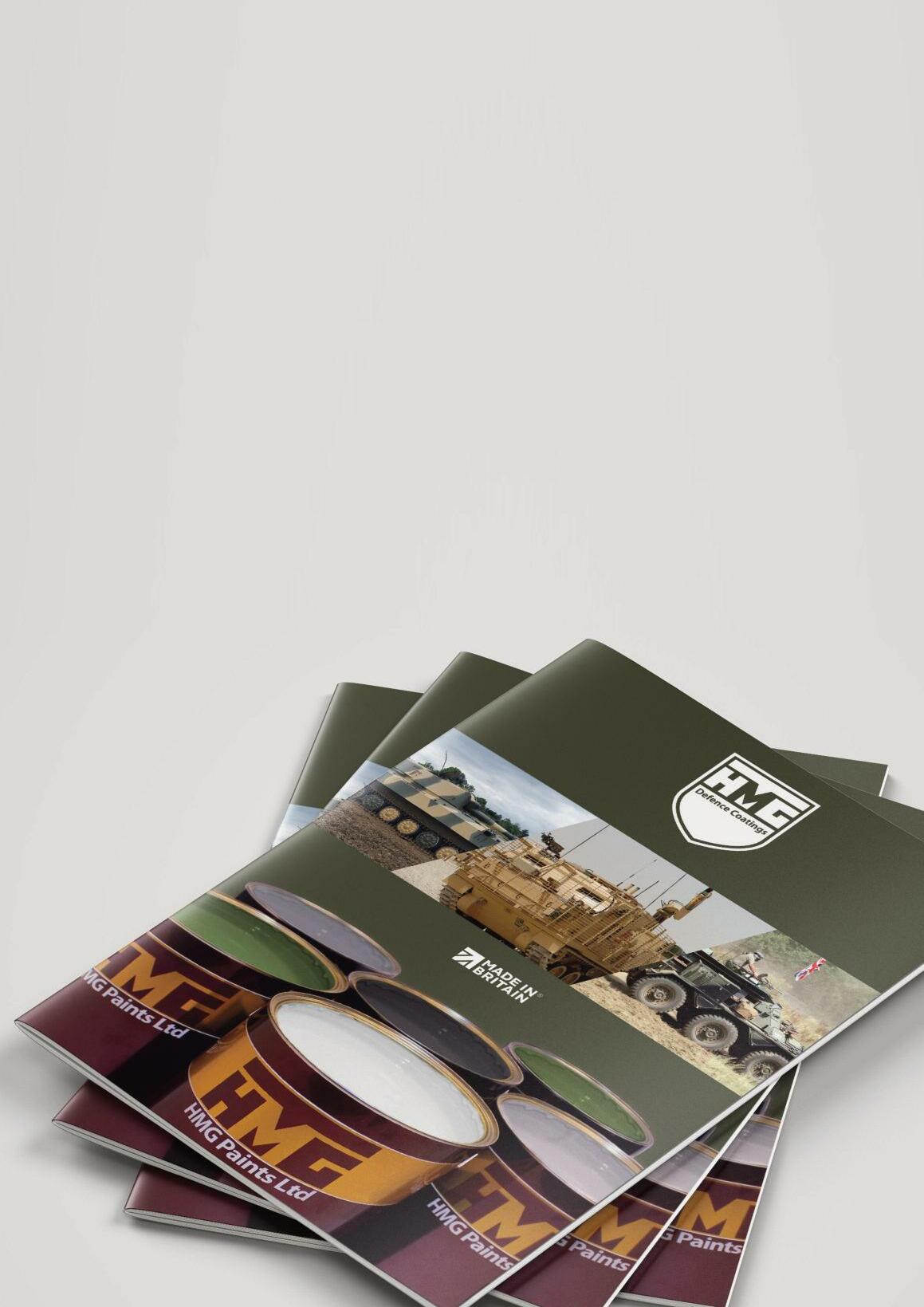
“The DVD2022 show gave personnel within the defence industr y the chance to discuss paint and coatings technical requirements directly with us and after the COVID pandemic it was fantastic to be back at in person events” added Josh “At HMG We want to be a true partner within the industr y and that includes offering product advice, technical support and fast deliver y of products. Over the last few years we’ve built some ver y strong relationships across the industr y and we’re ver y proud to be supporting companies on some exciting projects.”
With global supply chains being heavily impacted as a result of the pandemic, Brexit and the ongoing conflict in Ukraine, paint users have faced challenges in receiving products which are often shipped from abroad As a British based manufacturer HMG can provide fast deliver y across its entire range, something which has become increasingly important to its customer base over the last few years The company has a number of key products readily available at its Manchester HQ and with its agile manufacturing setup those products that aren’t stocked can be manufactured and shipped within 10 days.
HMG Paints, is a proud independent SME paint manufacture and a Make UK Defence member. All of HMG’s Defence coatings, including its Def Stan 80-225 system, are Made in Britain accredited The HMG Defence range offers products which are free from Chrome VI, meet low VOC requirements, and are IRR and CARC resistant and includes militar y standards. HMG’s Defence Technical Support team will be in attendance at the Make UK Defence Summit in Birmingham and also have a stand at the DSEI Exhibition in 2023
Alongside Defence Standard products, HMG produce a wide range of approved high-quality coatings for practically ever y purpose for the defence industr y HMG’s product range is suitable for equipment such as containers, trailers, vehicles, helmets, bridges and armour HMG are renowned for their innovative approach to coatings including corrosion resistant primers, functional topcoats plus CARC and IRR materials approved to UK defence standards.
You can find out more about HMG’s range of Def Stan products and bespoke coatings development ser vice at www.hmgpaint.com/products/landing/Defence. If you’d like to book a meeting slot or require information on the HMG Paints products you can email defence@hmgpaint.com and a member of the team will assist you
www.hmgpaint.com



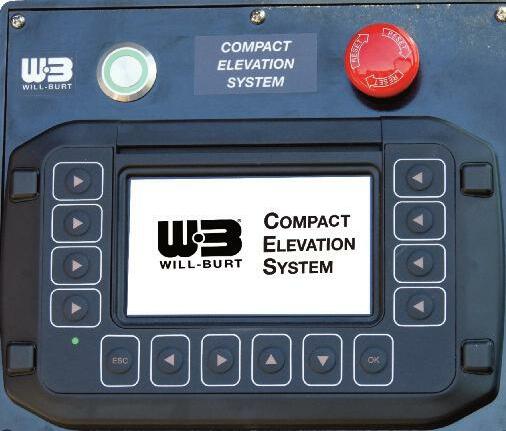

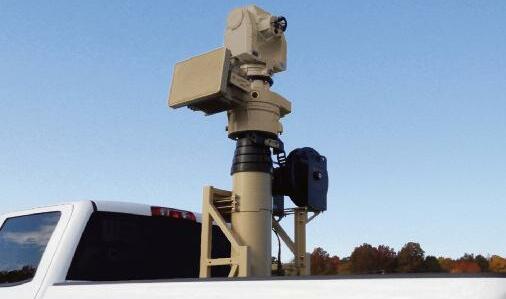

Will-Burt’s mobile elevation systems are specifically designed for the complex missions facing today’s defense organizations Our elevation products, platforms, and systems are designed to Maintain the Advantage in Strategic Competition All Will-Burt telescopic masts and positioners are MIL-STD 810 certified and capable of overcoming the environmental challenges that exist today and new ones that will arise tomorrow.
The ability of Will-Burt to deliver superior elevation solutions is attributed to its worldwide leadership in the industr y for over 75 years Teams of experienced engineers, design new products to fit today’s requirements We also offer custom designed solutions to meet program specifications Our vertically integrated manufacturing systems are backed by an ISO 9001:2015 quality management system Finally, all of this is backed by a worldwide sales, marketing, and ser vice support structure focused on delivering the correct customer solution on time, ever y time.
Will-Burt’s truck based Compact Elevation System with integrated CAN-bus controls and cable management is a rugged and precise mobile elevation platform that provides rapid deployment of a wide variety of sensors from a compact position in a standard 2.4m pickup truck bed The compact design provides up to 7 m³ for the sensor payload with the tailgate in the closed position Available with an electro-mechanical or pneumatic elevation system at 4- or 6-meter heights with a payload capacity of 241 kg, payload stability is assured with section keys and keyways that minimize rotational movement.
Will-Burt’s Rapid

System (RDES) with fully integrated CAN-bus controls is designed for expeditious deployment when significant heights are required for sensors and antennas The RDES includes a mast tilt system that delivers a compact transport envelope The system is available in heights of 24m or 36m The powerful telescopic mast can elevate a 544kg payload - no need for crane assistance. An automatic lock system maintains a consistent height for extended periods of deployment – even with the loss of power. Payload stability and pointing accuracy is assured with section keys and keyways that minimize rotational movement Full deployment of the 24m system can be achieved in 8 minutes.
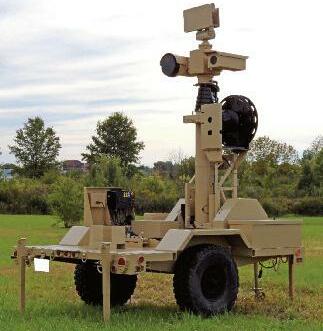
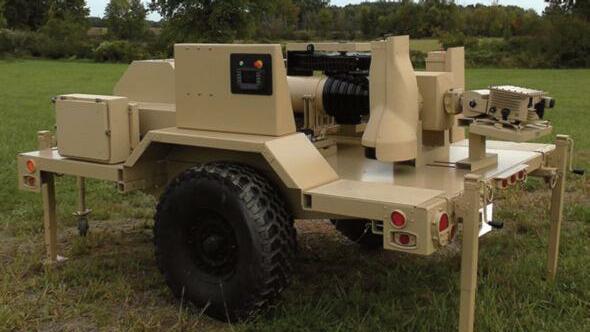

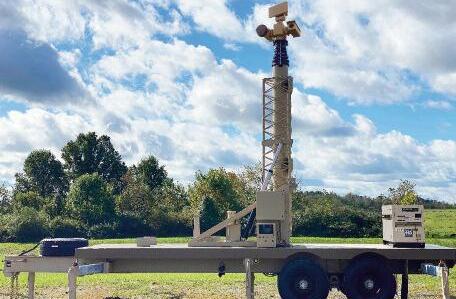
www.willburt.com
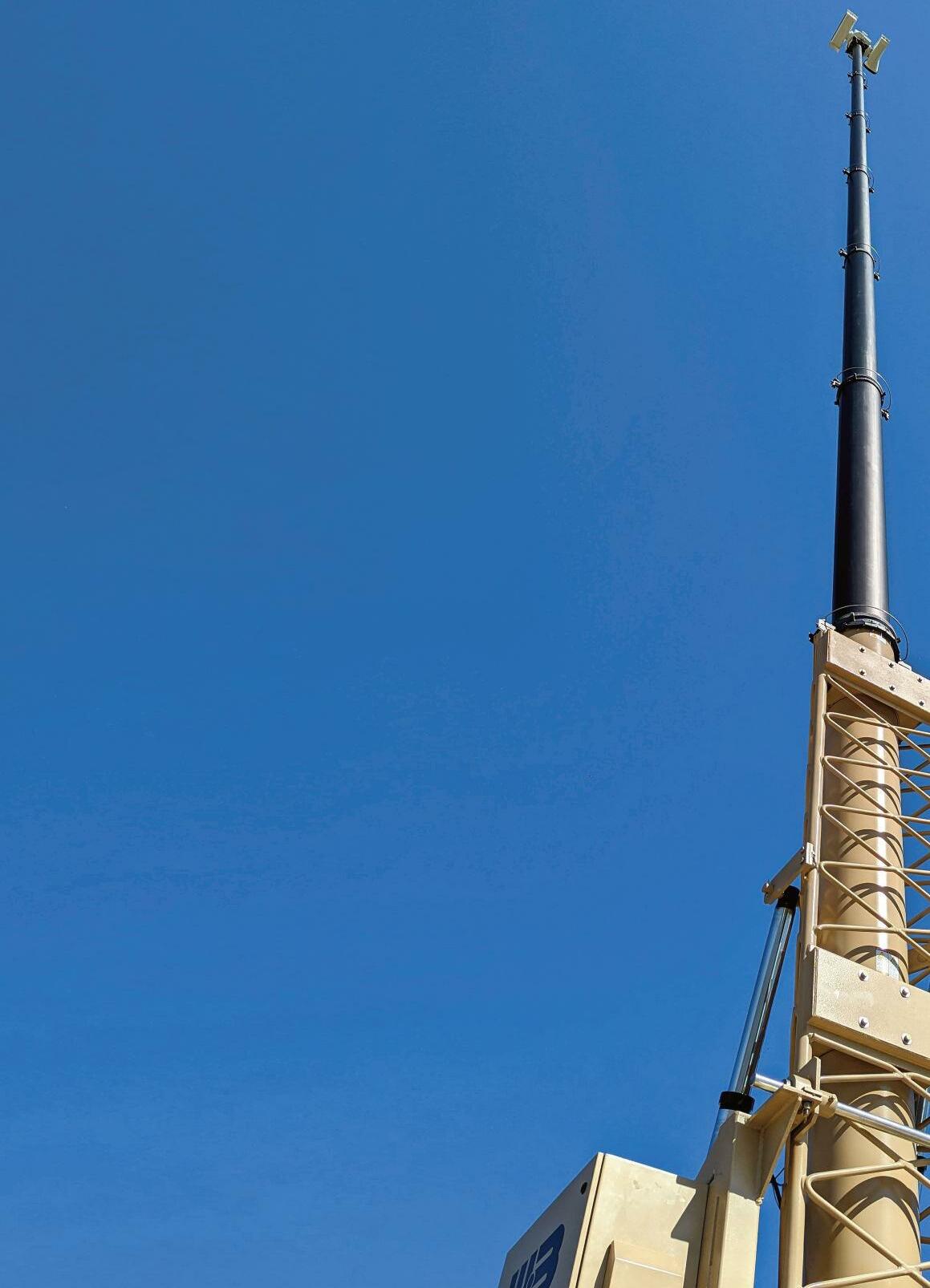







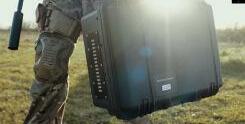







The commandos were dug in and well-camouflaged as they obser ved the enemy talking on the radio before them. They had been watching the track for some time and now finally had confirmation that the area was being used by the enemy.
But what was the enemy’s intent? And where were they heading? Following them would be too risky, but if the enemy were using radios, there was intelligence to be gained.
The covert nature of the mission meant moving COMINT trucks into the area was out of the question Fortunately, the troops had a trick up their sleeve. The commandos had brought three RFeye Stormcases with them The self-contained Signals Intelligence (SIGINT) system was set up and activated in a matter of minutes At a flick of a switch, they could now gather the all-important COMINT needed But this wasn’t all the Stormcases were there for.
The RFeye Stormcase is versatile kit Covering frequencies of 9 kHz to 18/40 GHz it not only collects COMINT on radios transmitting on HF and V/UHF wavebands, but also collects SIGINT on a range of emitters including radars and satellite communications With low noise figures, few signals escape the system’s attention, even when using low power to obfuscate their existence. Furthermore, while one RFeye Stormcase comfortably collects SIGINT across these frequencies, the use of 3 or more allows emitters to be accurately located using live or post-processed TDOA geolocation. And that’s exactly what our commandos in the stor y did. By placing three RFeye Stormcases in various locations around the area of interest, not only could they collect COMINT, but also valuable geolocation intelligence on where these transmissions were coming from.

We sat down with Malcolm Sellars – product management lead to find out more.
“The idea of the Stormcase was to make it as portable as possible for a quick deployment,” said Malcolm. It can be comfortably carried in a rucksack by one person, and or discreetly transported and used in a vehicle Malcolm says that time spent consulting with customers on what they need in a deployable signals intelligence gathering system was gold dust Customers told him that they needed an easily deployable, selfcontained design. “You don’t have to worr y about power supply cables or weather proofing,” said Malcolm (CRFS Product Management Team)


The Stormcase was designed from the outset to be used by the untrained operator In other words, squaddie-friendly, or gruntproof Malcolm commented, “The RFeye Stormcase was specially designed to have simple configuration, even with gloved hands The operators just needs to flick a switch and the equipment starts its mission This ensures minimum deployment time and low obser vability so that it can be quickly and easily concealed ”
The RFeye Stormcase can be left hidden and unattended recording signals of interest: “A soldier could dismount from their vehicle, take the RFeye Stormcase out, leave it there and come back in a couple of hours or the next day and retrieve it.” This approach lets the soldier/operative stay out of harm’s way
and frees them to perform other duties while the RFeye Stormcase is recording
As well as recording signals, the system can be connected to an external backhaul radio through its integral ethernet port Signals can then be live streamed back to analysts at the headquarters for example. The ethernet port also lets the RFeye Stormcase be controlled remotely.
The system can be configured well in advance, according to the SIGINT it is to collect A specific ‘script’ can be uploaded to the RFeye Stormcase’s software letting the user define the mission’s parameters For instance, the system can be programmed to hunt specific signals on specific frequencies while ignoring others Alternatively, it can be optimised to record signals with specific waveform or modulation patterns. This ensures that the RFeye Stormcase’s memor y does not fill up too quickly with extraneous signals
Equally, this quickens analysis as experts can get to work straightaway on signals of interest whether these have been recorded or are being transmitted in real time Malcolm points out “You can specify the bands to sweep over This does not have to be a continuous sweep, instead you can just specify your start and stop frequencies. You can configure the Stormcase to do exactly what you want ”
Our scenario at the beginning of this article may have been fiction, but it is based on 100% reality. The RFeye Stormcase is TRL9 and has been used across NATO countries to support SIGINT, COMINT and Spectrum Monitoring Stormcase contains the world-leading RFeye Node 100-8/18/40GHz, with best-inclass RF performance. Hot-swap batter y packs, and an integrated GNSS antenna, with the option to connect an external anti-jam GNSS antenna
RFeye Stormcase is available now either direct from CRFS or one of our local partners For more information visit https://www.crfs.com/stormcase/



Countering the threat caused by drones is now a global issue and an increasing concern for military, government and homeland security forces across every continent. It is expected that unmanned aerial systems (UAS) will be increasingly used for malicious purposes, given their ability to carry cameras, weapons, toxic chemicals and explosives, and they are already being for acts of terrorism, espionage and smuggling.
EOS has developed the Titanis Counter UAS (CUAS) system to address the growing threat from malicious and threatening UAS
Based on the EOS R-Series RWS, Titanis is a fully integrated, scalable CUAS suite that combines the speci c detection, command and control (C2), and layered hard and soft kill defeat capabilities necessary to acquire, track and defeat swarming UAS threats
The Titanis system allows operators to match kill solutions to large numbers and varying combinations of small and large drones to ensure that the threat can be mitigated regardless of their direction, numbers and capabilities while managing environmental, geographic, airspace and personnel safety considerations
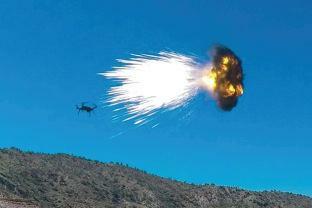
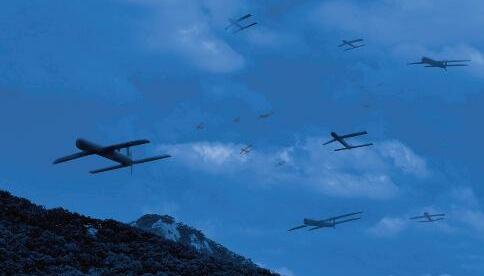
A typical all-up Titanis con guration incorporates direct- re engagement systems, passive and active soft kill electronic warfare (EW) systems, an integrated sensor suite –including Pulse-Doppler, software-de ned radar, day/thermal camera, laser range nder and radio frequency (RF) detection systems – and an optional Directed Energy (DE) kill system These systems sit together with, and are integrated through, a proprietary, EOSdeveloped C2 and re control system
High-volume re point defence solutions range from the 7 62 mm Dillon Aero M134-

series minigun to larger-calibre 30 mm guns (e g the Nor throp Grumman M230LF 30 mm cannon with EOS R400S Mk2 RWS, or the Mk44 II Bushmaster chain gun with the heavier-weight EOS R800 RWS) ring airburst munitions (including 30 mm × 113 mm proximity fused airbursts and 30 mm × 173 mm airburst rounds) to deliver CUAS effects out to 3000 m
One of the key differences between CUAS and other missions is the high angular speed that UAS can achieve at relatively shor t range EOS RWS have been modi ed with a four th-axis, independently slewing sensor unit that can move independently in azimuth to track fast-moving targets A 1 Hz laser provides laser ranging and tracking throughout the engagement
Passive and active soft kill EW systems designed to operate across all-threat frequency bands are, as with the radar solutions, integrated according to customer preference Typical solutions include offerings from Blighter in the UK, Echodyne in the US and RADA in Israel
Titanis’ DE system has been deployed with a 35 kW high energy laser (HEL), although the HEL in its current format is capable of scaling to around 55 kW The HEL system has been demonstrated as a small containerised system; however, while the DE beam director is slightly different to a weapons station, it has 60% commonality with the R400S RWS and is therefore effective from deployable platforms
Developed and manufactured in-house by EOS, the DE system – which includes the beam director and the co-mounted optical target identi cation and tracking system – is designed to address Group I, II and III UAS swarm threats, with high rates of target engagement, out to ranges of 4000 m

The ability to maintain and manage the quality of the beam, the software that ensures precision engagement and drives the process, and all the mechanical designs and architectures are all EOS designs and intellectual property
Arguably, the largest current growth rate in lightweight lethality systems is in the unmanned systems space, both for integration on unmanned platforms with remote operation and for the engagement and defeat of unmanned systems For CUAS applications, Titanis – with its with direct engagement/point defence, and passive and active EW and DE capabilities – constitutes a signi cant force multiplier
uar tz cr ystal oscillators are the frequenc y source of choice for a variety of func tions in vir tually all militar y and aerospace systems
However some of their superior qualities, such as high frequenc y stability and low noise, can quick ly degrade when they are exposed to the ex treme operating environments associated with these applications
For oscillators used on mobile platforms, vibration and shock e ec ts can be signi cant. While cr ystal oscillators can be designed to withstand ex treme levels, these e ec ts can be the limiting fac tor that determines the achievable per formance in any given system.
R andom vibration, for example, will show up on the output spec trum of the oscillator as an increase in the noise oor The amount of degradation is determined by (1) the level of vibration and (2) the acceleration sensitivity of the oscillator. The e ec t can range from barely noticeable to catastrophic. The severe vibration experienced on a missile system or other airborne platform can cause phase noise to degrade by as much as 50dB to 60dB.
The temperature conditions often present in militar y and aerospace environments are another critical fac tor that impac ts signal source per formance
The frequenc y vs. temperature charac teristic of the oscillator will be determined primarily by the quar tz cr ystal itself. Most MHz range cr ystals are cut to conform to a temperature cur ve in the “AT ” family of cuts. The temperature coe cient of these cr ystals is relatively at compared to other passive components Even over the wide range of -55°C to +125°C, the frequenc y error can be as small as ±20ppm.
For many applications better stability may be needed – and temperature compensation can be added in order to reduce temperature error to <1ppm.
When a device will be deployed in space, some level of radiation tolerance is required.


For satellites deployed in Low Ear th Orbit (LEO), radiation tolerance of up to 50 k rad(Si) TID (total ionizing dose) is required. TID is a cumulative deteriorating e ec t over time at some rate.
Deep space and other missions will require a tolerance of 200 k rad(Si) TID or greater. Single Event E ec ts that can occur randomly – due to impac t with a heavily charged par ticle – must also be taken into consideration.

Oscillator design for radiation tolerance also demands close attention to all the components that are used in the device. While most passive components are inherently radiation tolerant to a high level, some commercial semiconduc tors are sensitive to TID levels of only a few thousand k rad(Si).
R adiation hardened devices are manufac tured with special processes and are ex tensively screened and tested on a lot-by-lot basis, with an attendant increase in cost. The trend for commercial LEO satellite systems, for example, is to carefully evaluate and test lower cost COTS (Commercial- O -The -Shelf ) components to nd designs with acceptable per formance. This approach requires a cer tain level of risk acceptance that may not be appropriate for militar y and related applications.
Please visit w w w.greenrayindustries.com for additional resources and information about frequenc y control solutions for militar y and aerospace systems and applications.


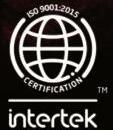





For over 60 years, Greenray quar tz cr ystal oscillators have ser ved as high reliability reference sources for industrial and militar y applications that require low g-Sensitivity and excellent phase noise in order to optimize system per formance while operating under the most demanding environmental conditions. State- of-the -ar t vibration compensation enables our oscillators to deliver excellent phase noise per formance and the shor t and long-term stability necessar y in high shock and vibration environments. Leveraging our ex tensive design and manufac turing experience, Greenray space- quali ed TCXOs have been designed speci cally for LEO (low ear th orbit) satellite applications and/or deep space exploration. They o er guaranteed, long-term per formance under radiation exposure from 30 k rad(Si) to 200 k rad(Si) TID. Our T1254, T1354, T1276 and T1282 Series TCXOs are ideal for high orbit transponders, LEO nano/micro satellites, RF telemetr y systems, multiband conver ters and upconverters The Y1631 Series clock oscillator is available from 60 to 130 MH z and combines low phase noise and ultra-low g-Sensitivity per formance (to 5 x 10-11/g). I t features a 0.68” sq. SMT pack age, +5 Vdc supply and +10 dBm sinewave output I t is ideal for a variety of aerospacespeci c and other applications. For more information, visit us at www.greenrayindustries.com or talk to a frequenc y control exper t today and call Greenray at +1 717-766-0223.

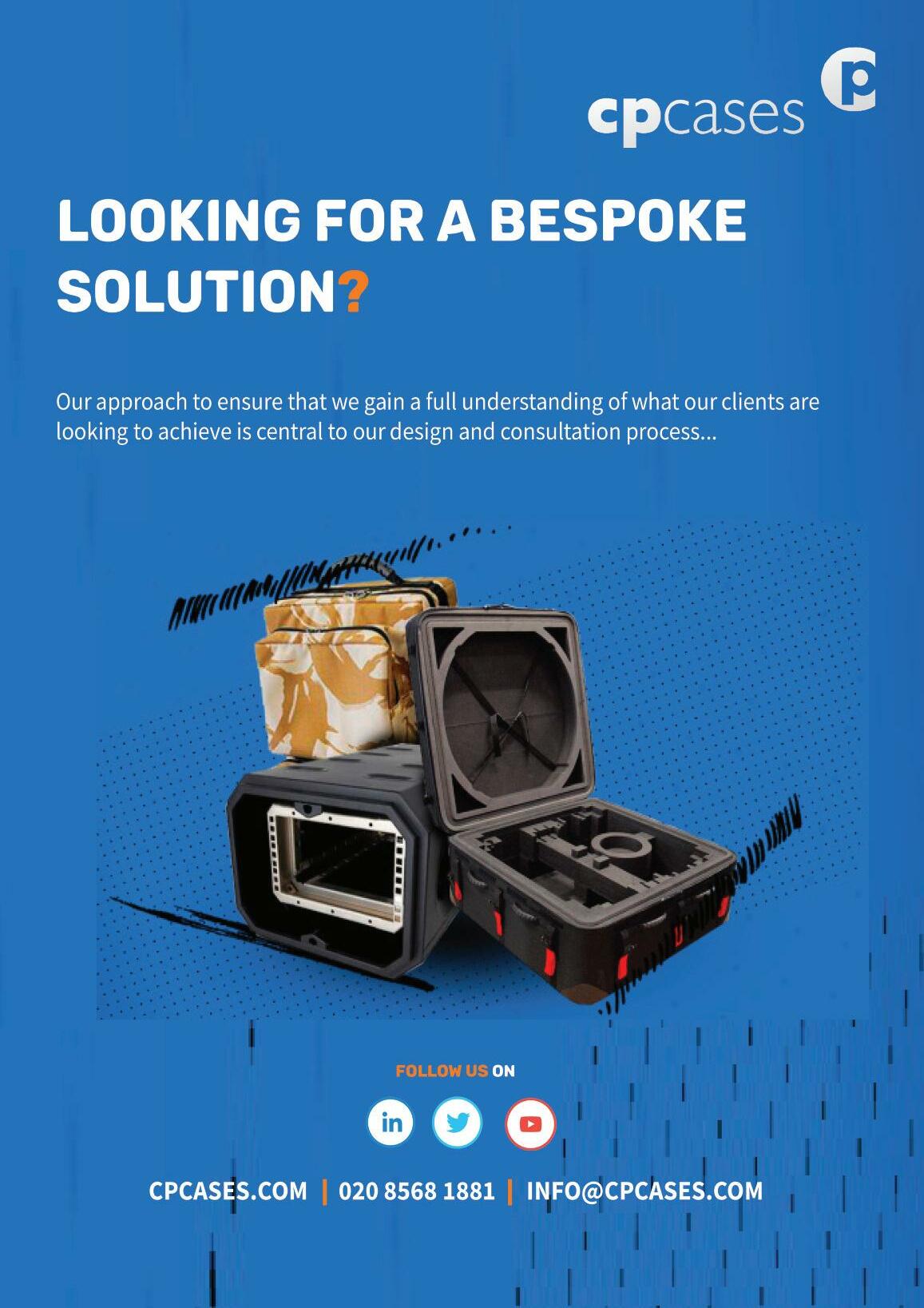
Defence and security industries require military cases that can combat rough handling, extreme climates, environmental hazards and unpredictable conditions. Lifesaving equipment requires the right casing which is why CP Cases offers a variety of different cases with IP ratings from IP54 to IP65.


Transporting military weapons requires rugged cases that can protect expensive equipment from extreme climates and rough handling. Our military weapons cases are tailored to different applications depending on security size, weapon type and more.
The key to an effective weapon case is durability which is why CP Cases military cases are resistant to impact, extreme temperatures and water or dust. Nitrogen-blown polyethylene foam inserts eliminate the possibility of chemical contamination or corrosion, meaning weapons are kept safe and in pristine condition.
Amazon cases are designed for military markets made for transit and storage of defence and security equipment. For maximum capacity storage and inter-stackable, amazon cases are the ultimate transportation for military equipment.
Made for air transport, amazon military flight cases are moulded from rugged polyethylene that can withstand rough treatment and extreme climates. UV stabilised, easily cleaned and corrosion resistant, these cases are ideal for transit and storage.
Helmets are vital pieces of defence equipment that can save lives. This is why it’s important that they are properly stored so as to protect them during transportation.
Our helmet cases are specifically designed for helicopter pilot helmets which cost a great deal of money and so require the most premium cases. Made using AluWeld, these high-tensile aluminium cases offer maximum protection against environmental hazards.
Inside the case, we use engineered foam to cushion the helmet and the exterior has been swaged to increase stiffness by 25%. These lightweight cases are practical in design and effective in protecting military helmets.
Lifesaving medical supplies need to be transported safely, especially in military situations. CP Cases medical equipment cases provide tough water-resistant transportation for vital medical supplies. With a variety of customisation options, medical cases can be supplied with drawers to help organise and secure medical equipment.
Hygiene is paramount when transporting medical equipment which is why our cases are made from polyethylene which has zero fungal growth and is tested to MIL-STD-810F.
Extreme military environments require rugged cases to transport and store the highest grade of defence equipment. Having the right storage solutions will ensure that equipment lasts longer and performs at its best. At CP Cases, we have a variety of different custom cases for all defence and security uses.
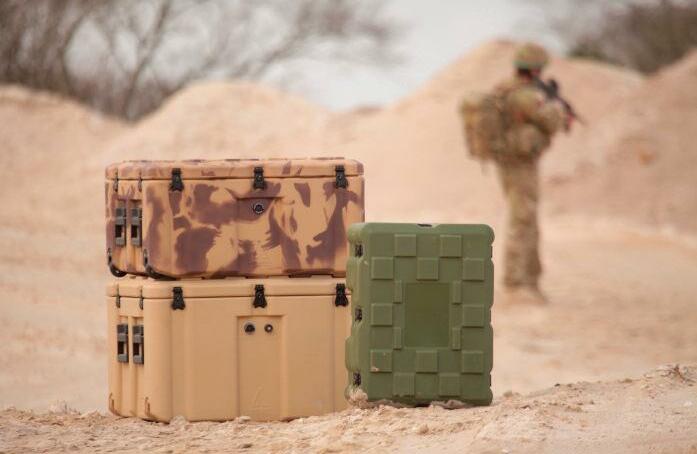






Concurrent Technologies announce a rugged 3U VPX™ Position, Na viga tion and Timing (PNT) Plug In Card. Designed in alignment with the SOSA ™ Technical Standard PR A11/61d-RCR provides resilient PNT data for sed solutions that are used in Electronic Warfare ligence, Sur veillance and Reconnaissance ns As a key differentiator, PR A11/61d-RCR is and is designed and built in the UK utilising y licensed from Racelogic, another UK company ng in positioning data

opera tion, PR A11/61d-RCR sources highly PNT data from a built in GNSS receiver and uses cipline a Chip Scale Atomic Clock (CSAC). This, eds radial clock signals to the signal processing ds that make up a VPX based sensor subsystem. of GNSS denial or jamming, accurate PNT data
continues to be provided by utilising signals from a built in Inertial Measurement Unit and sophistica ted Kalman filtering techniques. The timing slot on most commercially a vailable backplanes supports one or two 10GBASE-KR pipes and PR A11/61d-RCR is controlled using one or other of these pipes Bussed clock signals are also supported for backwards compatibility with older VPX systems.

“The development of this new PNT plug in card shows that Concurrent Technologies is now investing in products that provide additional differentiated capability alongside our state-of-the-art single board computers. This product will have universal appeal but was driven by the needs of several lead customers who are looking to Concurrent Technologies to bolster the scope of UK sovereign capability for assured PNT.”
For more informa tion contact Nigel Forrester on: +44 (0)1206 752626 or: nforrester@cct.co.uk or Brent Salga t on: +1 (781) 933 5900 or: bsalgat@gocct.com

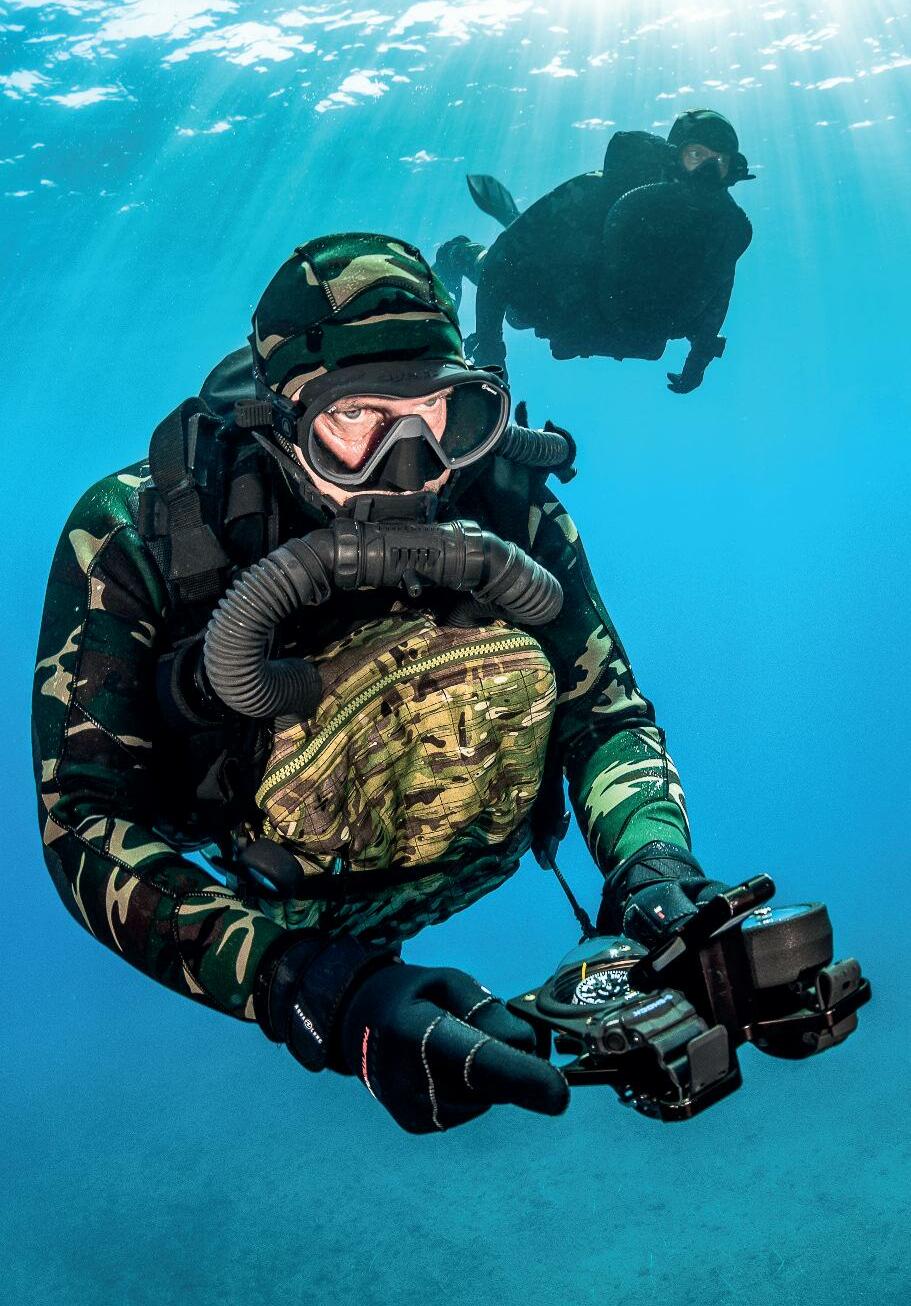


Carrier Seal, a hybrid TDV able to transport 8 personnel and travel at high speed on the surface, semi-submerged and submerged
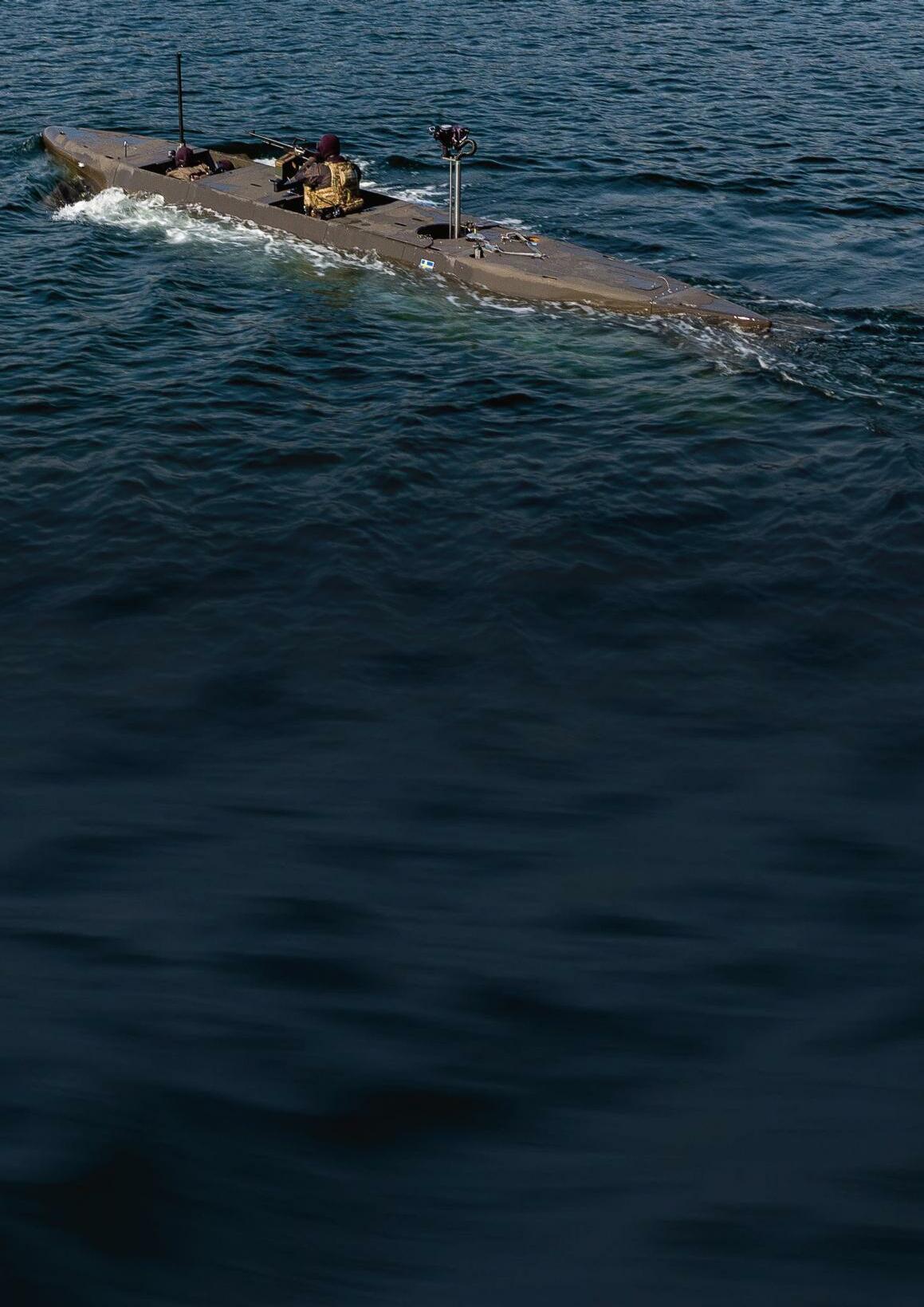
On November 1st 1918, during the last days of World War I (WWI), two men from the Italian Navy rode a primitive semi-submerged slow running torpedo into the heavily defended AustroHungarian naval base at Pola.
The men did not use breathing apparatus and thus had to keep their heads above the surface. As a consequence, they were obser ved and captured; but not before they had attached delayed initiation munitions (limpet mines) to the hull of two key targets. A pproxima tely two hours after being taken prisoner, muffled explosions were heard aboard the battleship Viribus Unitis, which subsequently sank fifteen minutes la ter, together with the freighter Wien.
Despite its profound implica tions, the significance of two men sinking a Battleship was lost on the larger maritime powers of the time, such as the United Kingdom (UK) Royal Navy (RN) and United Sta tes Na vy (USN), who were understandably focused on large surface capital ships as the central form of maritime capability Ho wever, despite being an ally of Grea t Britain in WWI, Italy suspected it might one day ha ve to confront the numerically superior British fleet, thus work began on developing a means of addressing this strategic imbalance And so, throughout the 1930’s a small group of highly motiva ted visionaries within the Italian Navy, evolved the concept of operations first employed at Pola and pioneered a new form of maritime warfare tha t was to ha ve a significant impact in the next world war that was soon to follow
By the outbreak of World War II (WWII), in complete secrecy, the Italian Navy had developed the Tactics, Techniques and Procedures (TTPs) along with the associated specialist equipment required to effectively prosecute a new form of maritime warfare This military innova tion emplo yed the free-s wimming diver as a covert underwa ter saboteur who was able to tra vel considerable distances using a submersible vehicle Although surface s wimmers had been used since ancient times to assault or to disrupt an enemy, this was a form of underwater warfare the world had not yet seen Deliver y of effect was executed using modified
submarines carr ying Dr y Deck Shelters (DDS) to transport twoman vehicles or Chariots. Once a t the objective area, the submarine would bottom out in shallow water and ‘frogmen’ from the top-secret unit Decima Mas (10th Light Flotilla), would lock out of the submarine using long endurance, closed circuit oxygen rebrea thers. The DDS would then be flooded, opened and the Chariots pulled out onto the submarine casing These were then ridden sub-surface to their objective by two Operators Once at the objective area, a suitable target would be identified and they would descend under the target vessel. A front section of the Chariot containing 150kg of high explosive was then released and suspended beneath the ship’s hull before being prepared for later detonation Each Chariot carried two such weapons for use against primar y targets and small limpet mines for use against secondar y targets.
Starting in 1940, these TTPs were first put into effect during a series of successful a ttacks a gainst Allied merchant shipping loca ted in the British controlled Gibraltar anchora ge. La ter in December 1941, three Decima Mas Chariots penetrated Alexandra Harbour in Egypt and managed to put the British battleships HMS Valiant and HMS Queen Elizabeth out of action for the remainder of the war. Prime Minister Winston Churchill described this attack as “the most strategic strike in the Mediterranean theatre”. Deeply frustrated at the UK’s lack of innovation in this field, he instructed Combined Operations, the organisation responsible for Commando raids, to do ever ything possible to replicate the Italian capability.
Ha ving come to understand ho w these a ttacks were being prosecuted, Combined Operations and the RN embarked upon their own programmes to develop the TTPs and equipment necessar y to undertake this new type of warfare. Once operational, the British quickly became ver y effective at it and later in the war, in an ironic twist of fa te, follo wing the Italian ca pitula tion to the Allies, the British undertook joint ‘Chariot’ operations with the Italian Decima Mas against Axis forces in the Mediterranean.
In today’s Special Operations Forces (SOF) parlance, this capability is often referred to as Underwater Maritime Manoeuvre (UWM) and to a greater or lesser degree, is now a capability held by numerous na tions worldwide. Ho wever, the origins of this can be directly traced back to that Italian attack at Pola at the end of WWI and the Decima Mas of WWII
The list of specialist equipment and systems necessar y for the prosecution of offensive maritime SOF opera tions is long and continually growing However, the key means of projecting UWM capability is the Tactical Diving Vehicle (TDV). In WWII, this took the form of the Chariot, often referred to as the ‘Human Torpedo’, the motorised submersible canoe, colloquially named the ‘Sleeping Beauty’ or the RN miniature submarine ‘X Craft’. Contemporar y equivalents are the USN Mk 8 Swimmer Delivery Vehicle (SDV), the Shadow Seal hybrid TDV and the USN Dr y Combat Submersible (DCS). There is ho wever a hybrid vehicle with ca pabilities tha t differ notably from purely submersible TDVs. An example is the Carrier Seal that can travel hundreds of miles at high speed on the surface, run for extended distances semi-submerged and transit fully submerged carr ying large payloads and weapon systems at speeds and for distances only dreamed of by WWII Charioteers
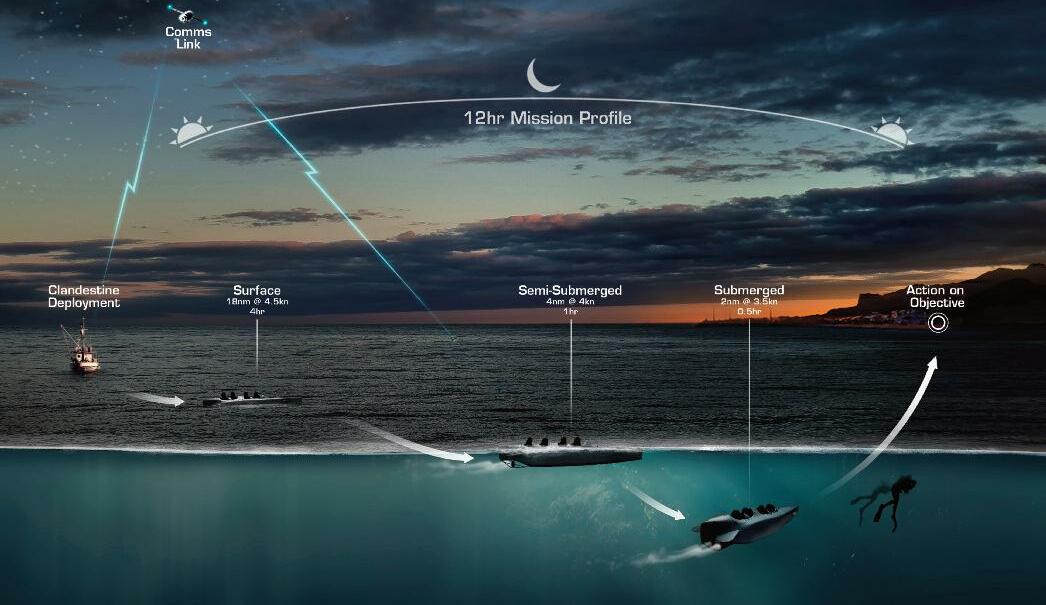
Is then the penetration of an enemy harbour and the disabling or sinking of a key naval platform a realistic proposition today? If
facing a non-peer adversar y then the possibility is potentially ver y high However, when facing a peer or near peer adversar y, mission success probability reduces significantly Not only is such a threa t understood and likely to be anticipa ted, sophistica ted passive and active diver sur veillance systems are no w able to detect and identify the various signatures that emanate from the human, underwa ter brea thing a ppara tus and the TDV, automa tically triggering defensive measures. Ho wever, not all harbours and anchorages are defended to such a degree. This potentially leaves targets of opportunity and the ongoing conflict in Ukraine demonstrates the vulnerability of naval vessels berthed or anchored in hostile wa ters a way from the security of their home port
Whilst attacks on poorly defended low-key targets may not have strategic effect, at a tactical level, such attacks cause disruption, confusion, navigational restrictions in confined waters and the reallocation of enemy resource away from the front-line In addition,
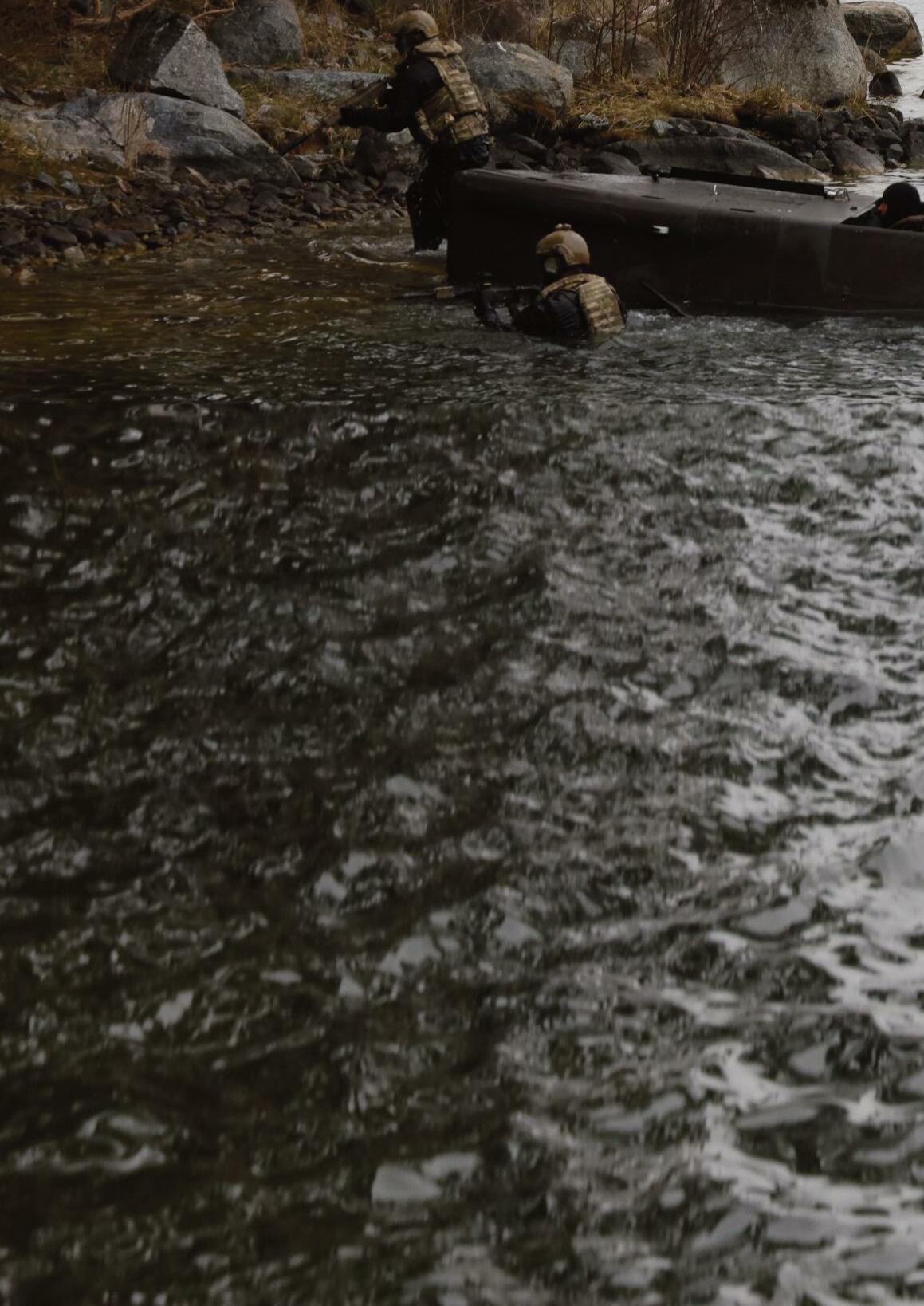
success against such targets is a moral boost for attacking forces and the wider associa ted popula tion, the positive psychological impact of which should never be underestimated during war
If there is a low probability of a successful UWM strike against a peer or near peer stra tegic asset, wha t then is the reason for nations investing in such a capability? In reality, the classic ‘ship attack’ is only one of many operational scenarios. Maritime SOF mission profiles are broad and are continually evolving in response to the needs of modern warfare and national security interests For example, such missions include Intelligence, Sur veillance, Target Acquisition and Reconnaissance (ISTAR) opera tions, Maritime Counter Terrorism (MCT), counter narcotics, the infiltra tion, protection and exfiltra tion of Secret Intelligence Ser vice (SIS) opera tives, the covert deplo yment of SOF personnel across the littoral and into the hinterland, pre-amphibious landing beach reconnaissance and seabed warfare opera tions in na viga tion ‘choke-points’
With geopolitical tensions driving a maritime pivot by NATO and her allies, what then is the future ‘direction of travel’ for this highly specialised form of warfare? It is widely acknowledged within the western maritime SOF community, that the focus on land activity over the last twenty years has resulted in a number of littoral capability deficiencies Modernisation priorities therefore include but are not limited to:
Increased UWM capability with greater range, speed and operational employment flexibility
Addressing these capability gaps requires significant investment and industry innovation in order to support the concept of the hyper enabled SOF Operator At a unit level, whilst these technological challengers are being addressed, there is a transitional effort by many western maritime SOF organisations, to return to their roots through the re-establishment of a ‘wa terborne’ culture As a consequence, technology deficiencies are now being bridged and a stronger special opera tions maritime ca pability is being reestablished
The key to successfully achieving this operational re-focus, are TDV platforms that have the flexibility to project UWM capability in an effective and efficient manner, are employable across a broad range of mission profiles and operational scenarios, whilst enabling maritime SOF, where required, to undertake operations without the need for dependence upon large naval support platforms such as submarines and DDS systems.
duration tactical life support systems with increased depth capability and duration
The integration of un-manned surface and sub-surface systems into the SOF maritime battle space
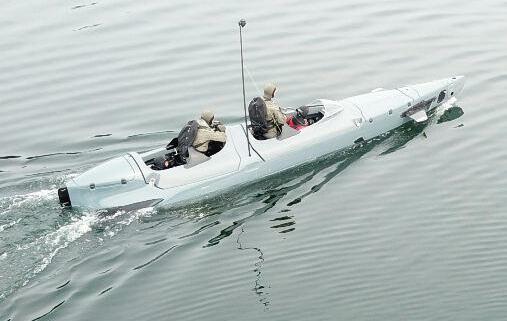
Improved situational awareness above and below the water-line.
Paul Haynes is the Head of Special Operations Capability for JFD and a former UK Special Forces diving Instructor, Super visor and Swimmer Deliver y Vehicle Operator. Since leaving the militar y, Paul has worked for JFD, the world’s largest manufacturer of defence diving equipment and as a consequence, remains at the forefront of special operations life support and submersible vehicle development, design, test and training.
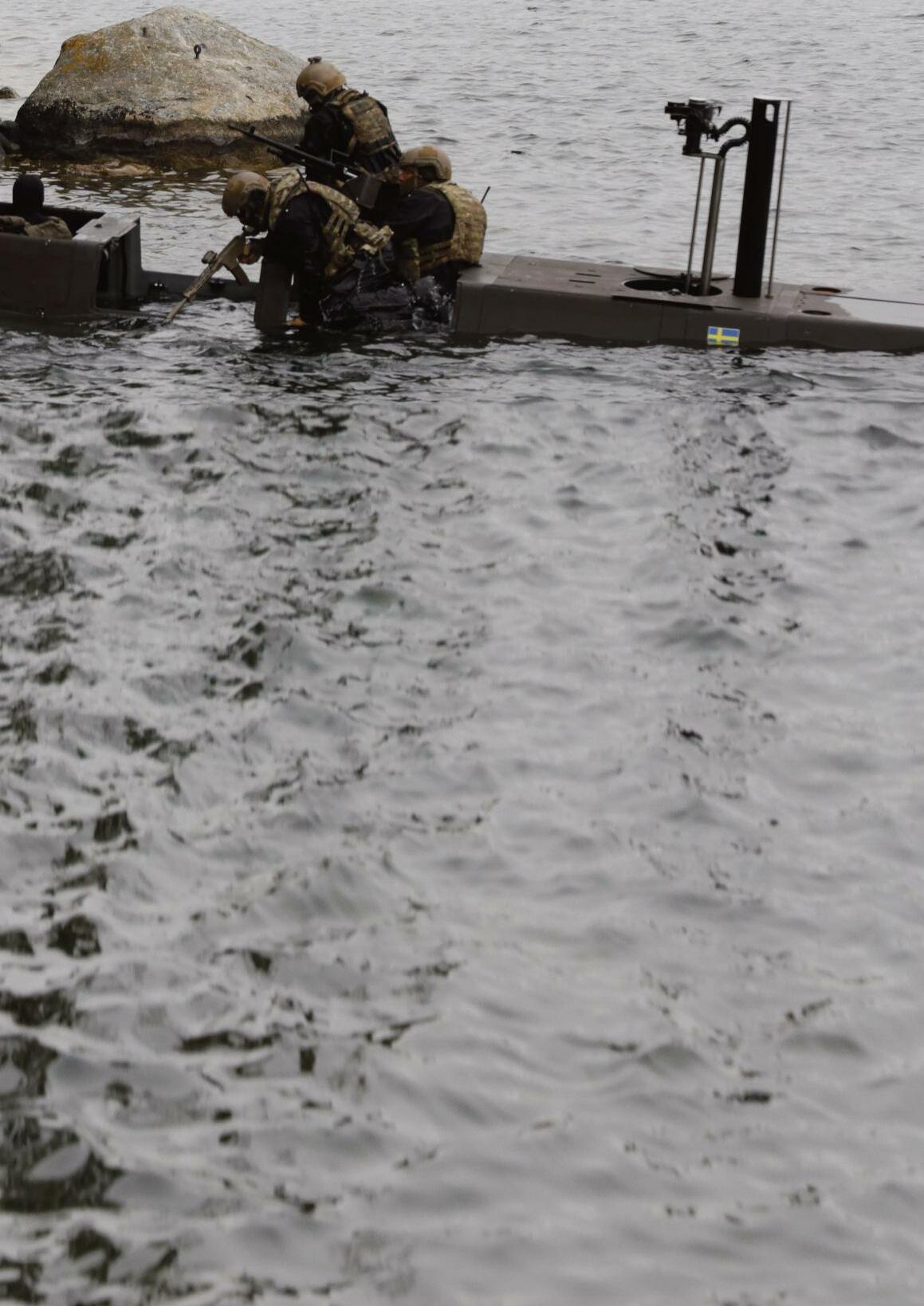
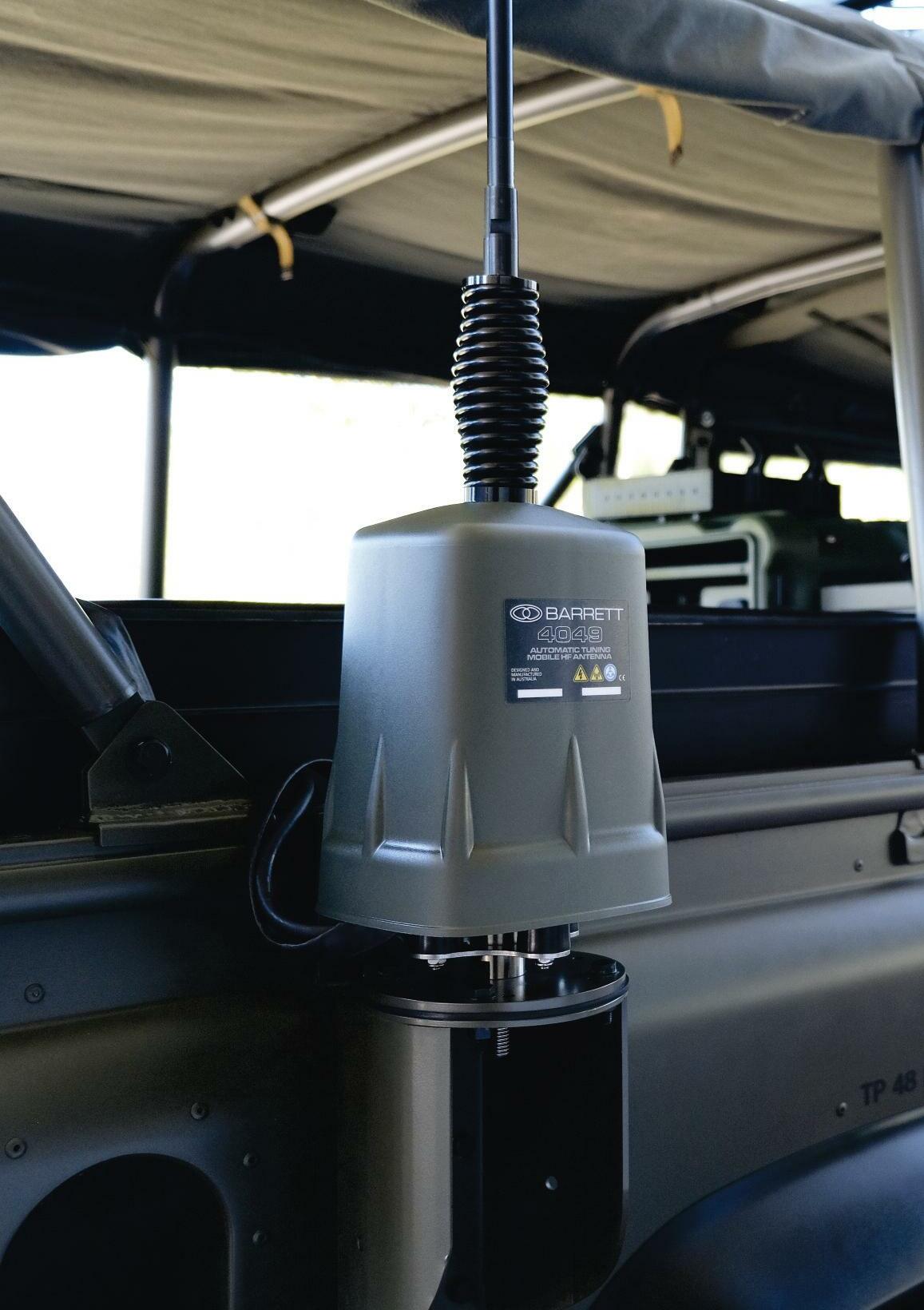
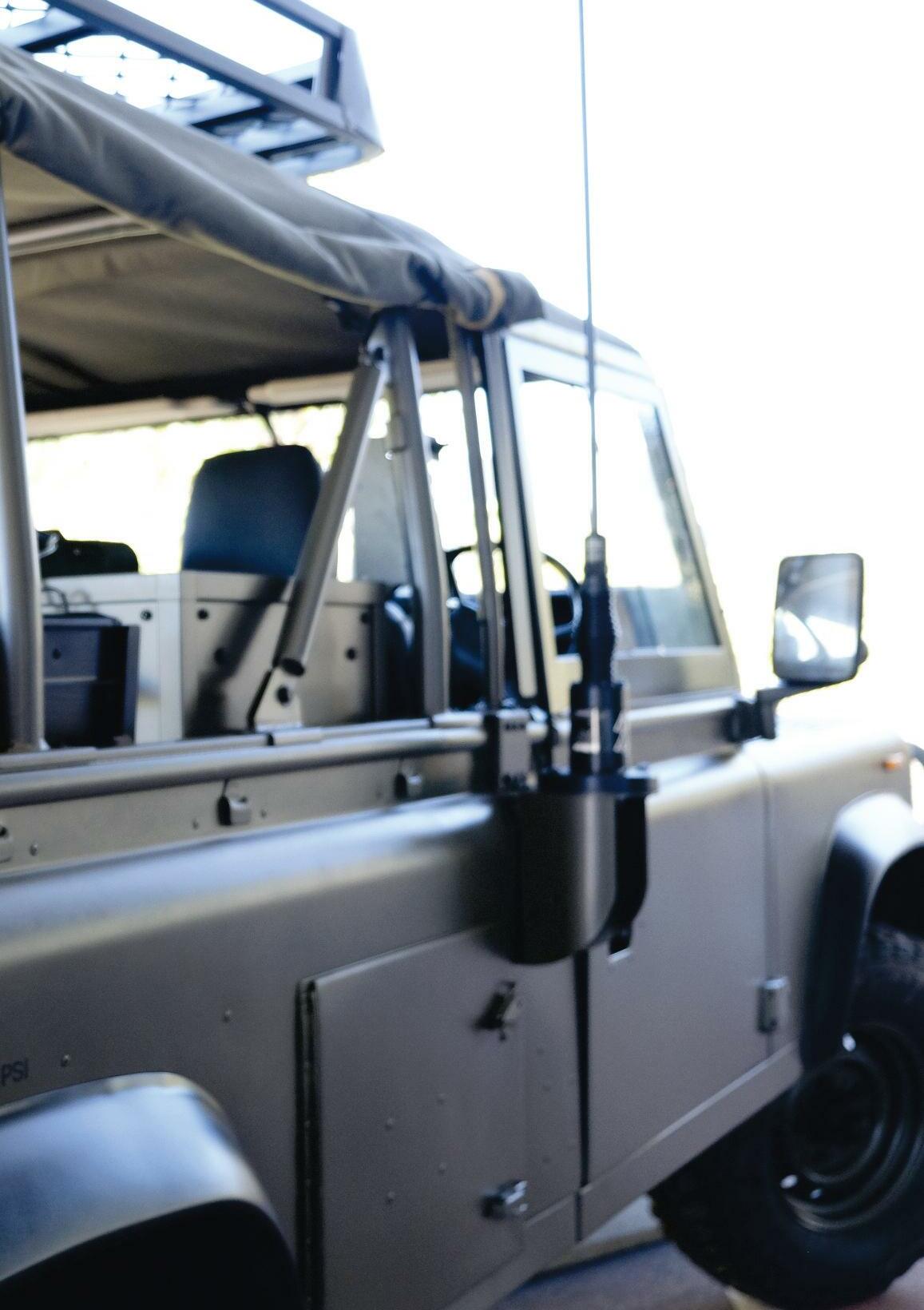



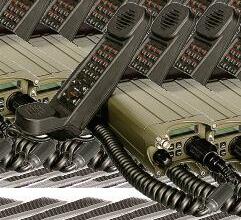
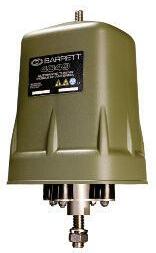

As one of its four main strands of work Lutra helps companies get into the defence market (difficult but the easy bit!) and win business (more difficult still by several orders of magnitude) It can be in their own countr y or if non-British, the UK’s To beginners it is stunning how difficult the whole process really is
The inspiration for the title came from a senior office who posed the question “Is Defence Expert The Second Oldest Job Description In The World?” and went on to qualify it by further saying tha t “the second profession only outnumbered the first in the number of amateurs trying to be one”. Lutra has been in and around defence in one role or another for in excess of 50 years The longer one is in the defence market the more obvious is the similarity of his question is to defence marketing
Probably the first and biggest question to answer for any company or decision maker is do you really want to do this? You or your compan y may ha ve created the most beautiful baby (read system or item of technology) ever. At least you think so Have you asked others whether it is? Not your mother or aunt but some hardnosed neighbour with several children of their own
If they say your baby is ugly, what will you do? Think about creating another, schooling this one to be cleverer than anyone else or spend money to dress it up as something different? Whatever you do it will take time, money and resources that might be useful elsewhere. Even if people fall in love with the baby and help it gro w and develop it will be a long time before the baby becomes useful and earns money
Thus, the first questions are:
• Is the technology as good as you think it is?
• Is it as useful as it could be?
• Can others see more or different potential in it?
• Does it even have a use or application in their vision, if not can that vision be changed?
• Can I afford to let it grow up and the willingness to commit to it?
Half measures won’t count, its playing or cupboard love Getting most of the way down the road to their first job and giving up on education or training is not an option for your children either Backing off once you start on the road and have done enough to convince the users that its worth looking at is not an option You will never be believed again
Given these difficult questions it’s important to understand a few basics about defence procurement Perha ps the most important is it is multi sta ged, processed and faceted This leads to the first in a series of hard realizations It is a time-consuming process The more you work out the reasons for this
the second becomes apparent, it’s resource hungr y and thirdly you start to see how bureaucratic it is with processes and procedures to go though and standards to meet However perhaps the most important issue is getting public money into the budget
If you are working in a democracy the main issue is it’s, public money People have to be sure before they commit to a project. Even then when its blindingly obvious the financiers may well, and usually do, change their mind at some critical juncture in the process Couple that with financiers taking a short term, this budget year, approach thinking saving a penny now, even if it costs a pound next year, a good move and it’s a difficult market.
The lessons so far. Make certain:
• Your baby is beautiful and everyone agrees
• Everyone can see baby’s potential
• You understand it will take time to become employed unless you have a prodigy (about 3 a year in the world!)
• There are lots of forms and processes to go through to get the first job
• There are even more forms to go through to get the first pay cheque.
All this leads to hard work, difficult decisions and a lot of time It seems, and is, full of brick walls and blind alleys and bureaucracy The best advice is to get help earlier rather than later A piece of advice Lutra repeatedly offers is tha t a gram of prepara tion, discussion and forethought early is worth a kilogram of heartache later It might seem expensive to get the advice of some hard-hearted consultants who ask the right, and al ways difficult, questions early in the process and then help you set up the processes, systems and campaigns needed Uncomfortable sessions with shareholders, redundant workers or insolvency experts in due course are more expensive and much worse You will certainly do all the latter three if you skimp the early parts of the process. A gram of ……….
If they are any good those consultants will be independent and experienced a t helping you adopt the long-term a pproach The good ones tr y to see beyond your, or even the horizon Long after they have left you might thank their children.
Having decided you really want to do it and you are prepared for the long term then your child must rise to the top of the class and then pass the inter view and land the top job, i e , you must win the inevitable competitive tender. Remember it’s all about public money and accounting for it and demonstra ting tha t it has been wisely spent and accounted for Defence tendering has many stages and getting to the winning line in the school sports day involves qualifying and then heats and semi finals and so on
is a 3000m steeplechase not a 100m sprint. It is long with lots of obstacles. This all takes a campaign or rather campaigns. It is about winning two races at once Convincing the judges and timekeepers that the offspring (no longer a child) and its parents (you and your team), who support it, are the best in the race and the business A good consultant can help you do this Think of them as the coach, independent, committed and knowledgeable, who knows what needs doing and who to approach
Find a consultant who understands your subject, sector and MoD Can they talk to 200 people overseas if that is what is required? Can they explain why the cloud of pollen is likely to set some biological detectors off but not others? Believe it or not these two images are related. Can the consultant grasp new technology and its application? Do they "live" the issues, do they have the experience? These are all attributes Lutra lives by.


That leads to campaigning There are several threads to this The company needs promoting, secondly the technology has to be promoted, thirdly any existing product needs publicising, fourthly the standards (lots in defence, more time and resources) have to be achieved, certified and put in the public domain, fifthly the user must be engaged and allowed to see the technology, existing development/product and the company so they have confidence in the packa ge. Sixthly there has to be a concept of use. Because defence marketing is a long game this has to be continuous for several years. Partly this is the role of the consultants but equally it’s you and your team, with their guidance, engaging with the government specialists and end users.



This involves a campaign of a package of visits to and from the end user and the procurement officials There are no customers in defence it’s like a jelly with bits of fruit in it Each one needs searching for and chewing to work out what its flavour is and then digesting Although the jelly represents what is to be eaten the flavour comes from the fruit bits Your baby will understand!
The campaign to raise a wareness involves publicity, press releases, advertorial, adverts, events. Selecting the right ones is important. Again get help from the consultants The right exhibitions are especially important because they maximise contact with multiple and different end users in one hit. You can also engage with senior officials and officers. Items and issues can be discussed Then when the issue is raised with them, they have a feel for the offering Meetings at exhibitions importantly lead to more visits At exhibitions you can investiga te other opportunities for the technolog y or product You can also see what the competition is doing Consultants can advise on where to go and what to do Social media whilst important probably has less impact than for civil marketing and products. Given the turmoil in that sector they are probably less effective than they might have been and are also more transitor y than books and journals

This is really only the start of this topic Campaigning is another cha pter Having the will to last the long term and the vision to see the end point is critical Consultants are important in making those decisions and guiding proceedings For the long term you must have good independent advice, Lutra is a good godfather, to steer your child’s progress Good consultants will give you independent rather than sycophantic advice It may be difficult to accept but its always worth the money and listening to It helps bring the baby to maturity
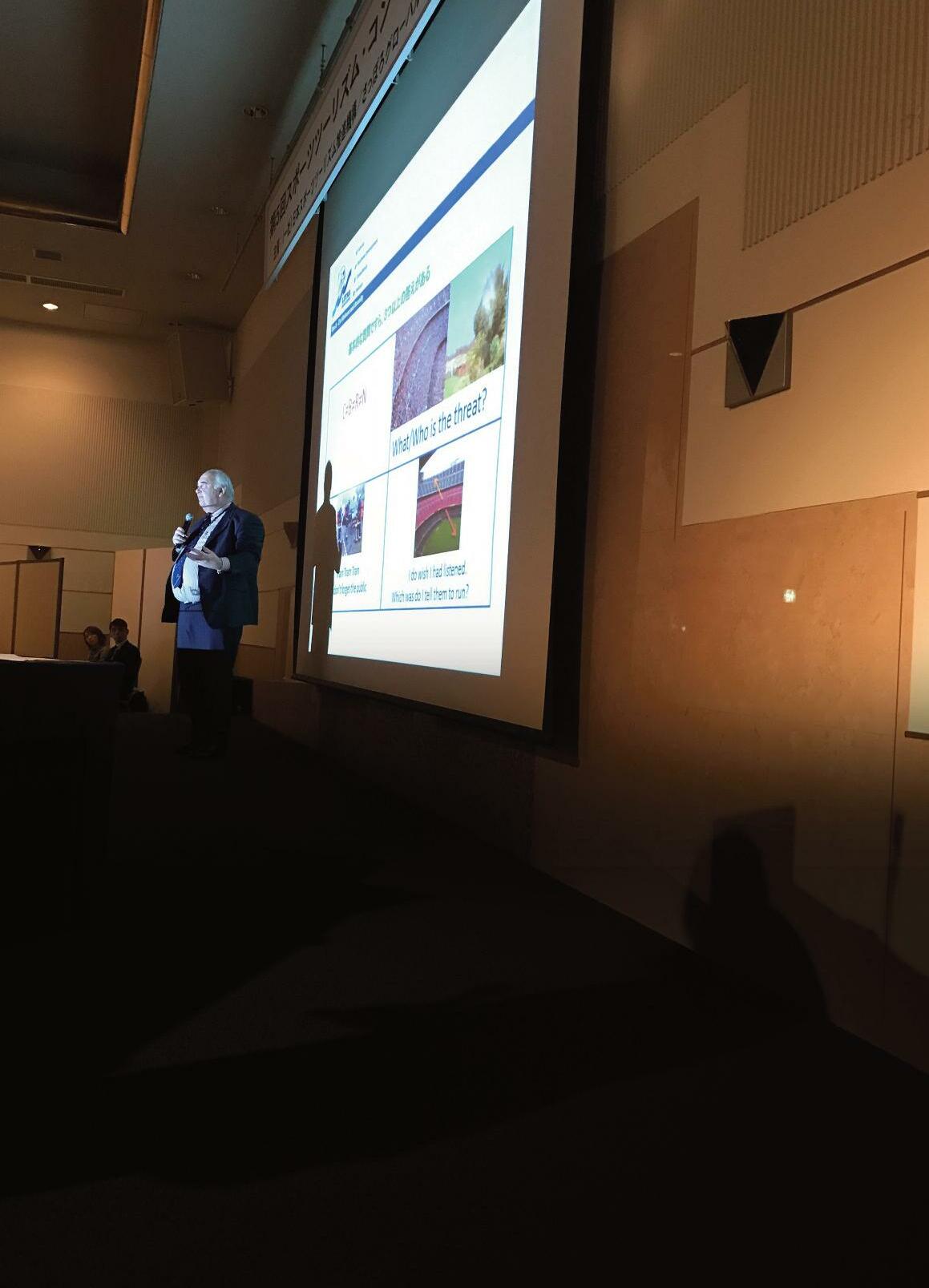
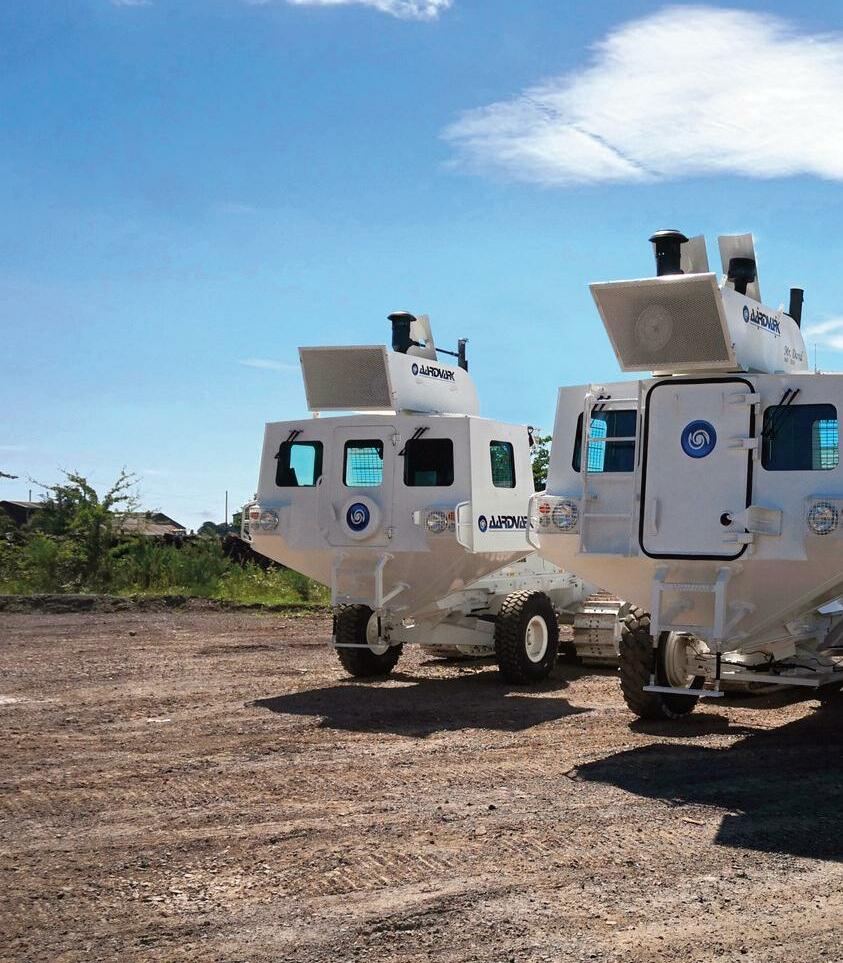

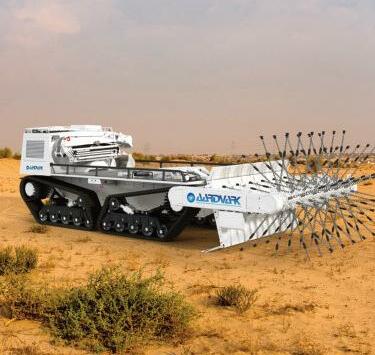







Robust and compact, the NANUK 962 protects and transports heavy loads with minimal effort. It’s built to effortlessly glide over the most punishing terrain with two (2) sets of heavy-duty double wheels featuring stainless steel bearings. It comes standard with a retractable handle which makes it the perfect premium waterproof protective case to go anywhere.
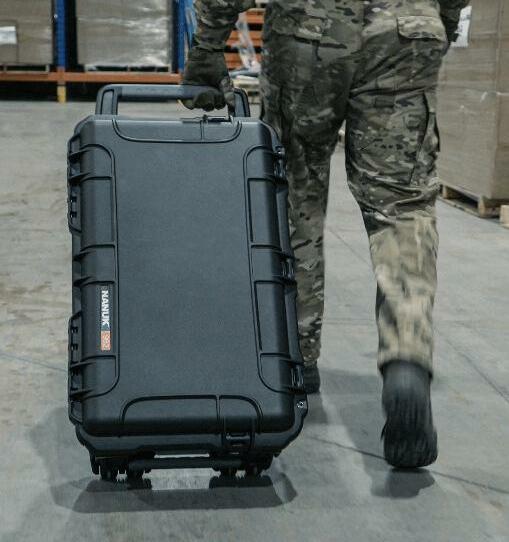
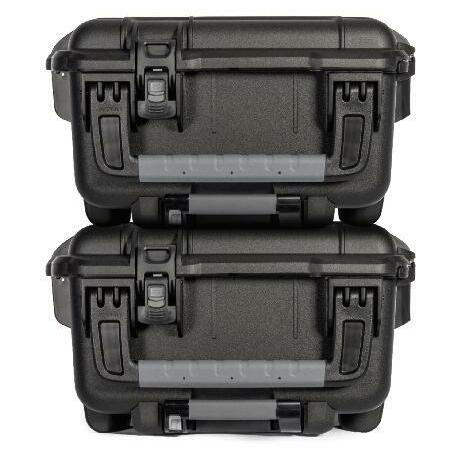
Like all NANUK waterproof protective cases, the 962 is made of crushproof NK-7 resin certified to withstand extreme impact and continuous vibration – in other words, it’s indestructible It’s also equipped with two (2) oversized team-carry handles as well as five (5) of our legendary Power Claw latches and will never open accidentally. Molded with deeper ribs and taller feet, it's highly stackable.



Sur vival Systems Limited (SSL) the Dartmouth (Halifax) Nova Scotia based company are specialists in the provision of simulation survival training systems centred around sur vival on and in pla tforms especially those where water is involved. Famous for their Modular Egress Training Simula tors (METS®) for helicopters and light aircraft they also provide firefighting training systems and METS® for amphibious and land rollover vehicles that work close to water
Their success revolves around specialist kno wledge, a pplying and constantly seeking to expand it, flexibility and meeting customers’ requirements The kno wledge base comes from experience, their indigenous Research and Development, much of it shared internationally, paying attention to other R&D and following market development of the platforms they are replicating. Application of the knowledge base is vital. The knowledge covers many aspects including financial scheduling. The move to the METS® concept was driven by the realization that reducing the capital cost of procurement is important but the need to reduce the cost and increase the productivity of training is as important The greatest savings in expenditure are achieved by simplifying training methodology and by reducing infrastructure costs by reducing the systems that must be stored
Sur vival training systems for helicopters tha t fly over wa ter, militar y or civil, are called Helicopter Underwa ter Esca pe Trainers (HUETSs) If you visit a compan y providing training with HUETs provided by SSL’s competitors, it is not uncommon to find several HUETs, each representing a different type or class of helicopter. By reducing the number of HUETs you make the provision of the facility and its design more affordable and efficient. In the commercial world that translates to commercial advantage for the training providers In defence it reduces costs
This was the spur for the switch to modular designs for METS® With just one base platform and different panels and fittings several configurations can be achieved with one METS® frame Thus on one platform, Merlin for example, can be used for training in the morning With a few panels and fittings changed, Chinook could be the afternoon’s training. No need to
buy, and provide space for a second HUET Modularity is not ever ything if a bespoke system is needed the design and manufacturing skills enable its deliver y

This then leads to training fidelity. R&D sho wed that representing wha t actually happened when an aircraft struck water was key to survival Seats collapse, things move around The result is that an emergency exit that was easily accessible and easy to open is less so The muscle memor y must be trained to get to the likely position of the exit catches and latches after the crash rather than before it Thus, the seats and harnesses must behave in the same way and be in the same position in training as they are in reality. Seats need to collapse in the same way as actua ting sea ts in the real aircraft, restraints need to represent, be tightened, and be release identically; and most importantly exits are required to be orientated to the trainee/escapee as they are post-crash Studying these issues leads to a whole range of design and use criteria which must be right first time
Aircraft design, usa ge and roles change Equipment fits evolve and change This is much to the advantage of a modular, panel based, design such as Sur vival Systems Limited’s METS®. There are several reasons for this Not all fleets change a t the same time Often only some of a fleet changes Thus, the same user may well have different parts of the fleets configured differently depending on the equipment available Being able to switch configuration by changing just a few components rather than ha ving another HUET is an advanta ge for the user, the trainer, and the financier
Another key aspect to emerge from R&D was for the HUET to be part of an integrated system. Primarily this consists of the HUET and the lifting system. Putting people into a box which you lower into the water and then submerge and turn upside do wn-the unfortuna te consequences of helicopters crashing into water-is inherently dangerous Not as dangerous as the real thing but more than sitting a t a desk reading pa pers The trainees should not fear the system failing
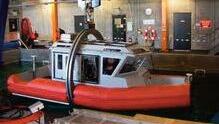

If people panic or get trapped there is a need to get them above the water surface as quickly as possible This involves lifting a large mass of equipment and people through water and getting them to a position where they can breathe. The target for this, the result of lots of R&D, is 7 seconds.

A lift failing or even malfunctioning is not an option For this reason the lifting systems ha ve to be “personnel-ra ted” This involves system redundancy and duplicated capabilities This is not cheap Look carefully at some training facilities and the lifting system is where the supplier has cut corners The buyer, through ignorance or lack of diligence, has not applied the rules and taken the cheaper price All SSL lifting systems from the most to the least complex or simple application meet the personnelrated requirements All SSL’s METS® are designed to allow water to drain from them as quickly as possible and its lift systems, but not all others, achieve retrieval to a safe air gap for trainees within the 7 seconds.

Following on from the concept of training as a system that must provide fidelity in training there are other things to be considered When a helicopter crashes it will usually be: in poor visibility, stormy with gusting winds and raining, and there will be large waves If you have really drawn the short stra w, it will be fogg y and sno wing too Training in a benign environment teaches wrong lessons-back to muscle memor y SSL has designed and provided consultancy to many clients for Sur vival Training Simulation Theaters (STST™) training facilities that incorporate the ability to simula te large s wells, high winds, darkness, lightning, rain, and fog, audio tracks, visual lighting representative of strobe, emergency, etc., and CCTV for obser va tion, instructional feedback, and consistency based training deliver y and results. Back then to safety. If someone gets into trouble in the water it is imperative to return to daylight and calm instantly SSL’s STST™ designs do just that
Moving on from this one comes to where the crash might take place Unfortunately, many helicopter mishaps will take place on the helicopter deck of a platform, ship or rig, at sea Dangerous as crashing into water is, crashing into hard metal is worse as there is the added risk of fire Two groups of people need training; those in the helicopter and those on the
Keeping pace with the market, even out pacing it is important Business development is just as heavy on R&D as new systems Thus, when a spate of vehicles overturning into rivers and canals led to several dea ths on operations, it quickly becomes apparent that there is a need for simulators for these pla tforms The same is true of fast work boa ts, Rigid Hull Inflatable Boats (RHIBs), and new design amphibious vehicles SSL has delivered simulators systems for all these diverse platforms
You do not achieve this plethora of base models, variants, and new designs without being close to your customers. Listening to their views and advice, incorporating their ideas, responding to their operational concerns, and delivering to their schedule and financial capabilities are all important to meet the demands of training personnel to survive an emergency situation Equally, follo wing up on their needs for support and maintenance, retraining, updated certification and equipment modification are as crucial in providing assurance to those responsible for safety in this difficult and demanding subject as brilliant design SSL is acknowledged worldwide as a trusted partner in sur vival training
Celebra ting 40 years of delivering results on time, within budget, and to customers’ complete sa tisfaction requires perpetual motion with sensitivity to the subject ma tter Constant disciplined development and never standing still ha ve been key to success in this discipline for 40 years.
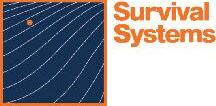 platform SSL’s Fire Training Simulation Systems including: Modular Fire Training Facility (MFTF™), Helicopter Fire Simulator (HFS™) and Helideck, enable just that
platform SSL’s Fire Training Simulation Systems including: Modular Fire Training Facility (MFTF™), Helicopter Fire Simulator (HFS™) and Helideck, enable just that
Following on from our report on GNSS integrity in the last issue, we would like to introduce you to our GIDAS product family today As is well known, the first step for safe GNSS applications is to be aware of present threats.
T he core of our GNSS Interference Detection & Analysis System GIDAS is formed by multiple jamming and spoofing detection techniques developed in more than 20 years of research T he smart combination of different monitoring approaches makes for a robust statement of the current local integrity of the GNSS positioning and timing services
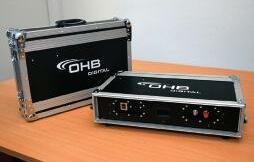
So you can protect your stationary infrastructure (e g airport) from GNSS interference, we have developed GIDAS STATIONARY.
GIDAS Stationary consists of a monitoring center and monitoring sensors Depending on the number of sensors (at least 3), you can even localize the source of interference
T he monitoring center is the core entity of any permanent installation of GIDAS. It hosts a central database, the web-based user interface, and alarming interfaces.
Having multiple GIDAS installations distributed nationwide requires one central dashboard to monitor, configure and maintain the system. T he generation of nationwide interference reports has never been easier
T he monitoring sensors form the eyes and ears for the GIDAS system A stationary monitoring sensor is composed of a dual-module GNSS antenna and a receiving unit with a small form factor.
We can also bring our knowledge to your platforms with GIDAS





T he heart and core of GIDAS Our knowledge regarding GNSS interference detection poured into source code, forming a C++ library to be directly integrated into your solutions.
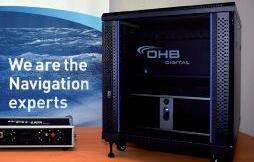
GIDAS
By supporting selected microcontrollers, GIDAS algorithms can run side-by-side with your applications on existing hardware platforms
T he system is not only available fixed and stationary, but also mobile for mounting on a rooftop of a vehicle, as well as portable in a waterproof IP-rated case

Some GNSS-based applications require mobile units mounted on the rooftop of vehicles to monitor GNSS interference on the move.



Our GIDAS portable is a fully autonomous, portable, real-time system to monitor the GNSS services wherever needed. It is packed within a waterproof IP-rated, portable case and comes with a rugged and IP-rated operator tablet Depending on your needs the dual-module GNSS antenna comes with a magnet mount for tripod-less application or with a standard mount for tripods
If any interference is detected, you get alerted either via the user interface, email or any custom interface. T he system is operated via a web-based user interface, accessible by the included tablet. T he user interface can be accessed from any webenabled device with a data connection, even from distance GIDAS portable is powered by a 230V power supply and can also be powered by a portable battery, optionally supported by a solar power source.

A new line of CBRN protective garments are enhancing Avon Protection’s work to keep operators safe from chemical threats in high-risk environments. Manufactured from the company’s proven rubber technology, the EXOSKIN range is designed to protect personnel without compromising the wearer’s tactical agility in the field.

The ambidextrous EXOSKIN-G1 Tactile CBRN Gloves allow for the handling and operation of electronic touch screen devices. With a rubberised outer layer textured to maintain grip in wet conditions, and an intelligent, seamless inner knitted liner that has a conductive tip on both the thumb and forefinger, the layers optimise the wearer’s dexterity and allow them to complete their mission safely.
The EXOSKIN-B1 High Traction CBRN Boots provide improved durability and agility in the field with quick-release straps to secure the garment over standard footwear. A highly textured sole improves the wearer’s manoeuvrability in all underfoot conditions. In addition, it is 100% leak-tested

“In developing the EXOSKIN range of CBRN protective garments, our focus was to optimise end-user versatility in the most demanding environments, while continuing our relentless pursuit to keep operators safe from these chemical and biological threats”, Steve Elwell, Vice President of Avon Protection UK and International, said. “We applied our deep CBRN and rubber expertise to fill this gap in the market with a quick don/doff boot and glove that offer chemical warfare agent and TIC (toxic industrial chemical) protection, and that are impermeable to biological agents ”
The EXOSKIN range presents a new capability for Avon Protection, which is best known for its market-leading Air Purifying Respirators (APRs) The company has delivered 3 5 million M50/FM50 CBRN personal respirator systems to militar y users worldwide, as well as escape devices and self-contained breathing apparatus (SCBAs)
So - what has prompted this shift into protective garments from a company that has built its position in the market as a leading provider of respirator y protective gear?
“This is not so much a shift as an expansion into a wider market offering, which is in line with where we see demand heading in the near future” Elwell said “In expanding its offerings beyond respirators into protective garments, Avon Protection aims to provide the full scope of integrated protective wear that can be scaled to suit changing threat environments and readiness levels.”
Similarly, the company is supporting efforts to help reduce militar y operators’ reliance on APRs and to offer respirator y protective equipment for the wide range of users requiring CBRN protection and the range of threats that exist
“There is certainly a case for a new dress categor y state, as these currently offer limited flexibility at lower threat levels,” Elwell said “The changing threat environment highlights the requirement for an additional state of readiness allowing combatants to be agile, while still ready to protect themselves against a broad range of threats – whether this is a release of a weaponised chemical or from a damaged industrial site ”
APRs are expensive and require training, maintenance and spare filter provision, which makes them unsuitable for carriage by users at all times In recognition, Avon Protection has invested in developing the smallest and most compact escape device on the market – the CH15 Compact CBRN Escape Hood – which offers the same high level of CBRN protection that an APR would provide at a lower size and weight, as well as a reduced training and maintenance burden
Such thinking is reflective the company’s forward-looking approach to the CBRN sector and gives some insight into how the company is positioning itself for what it sees as a dramatic shift in the way militar y forces view the CBRN threat.
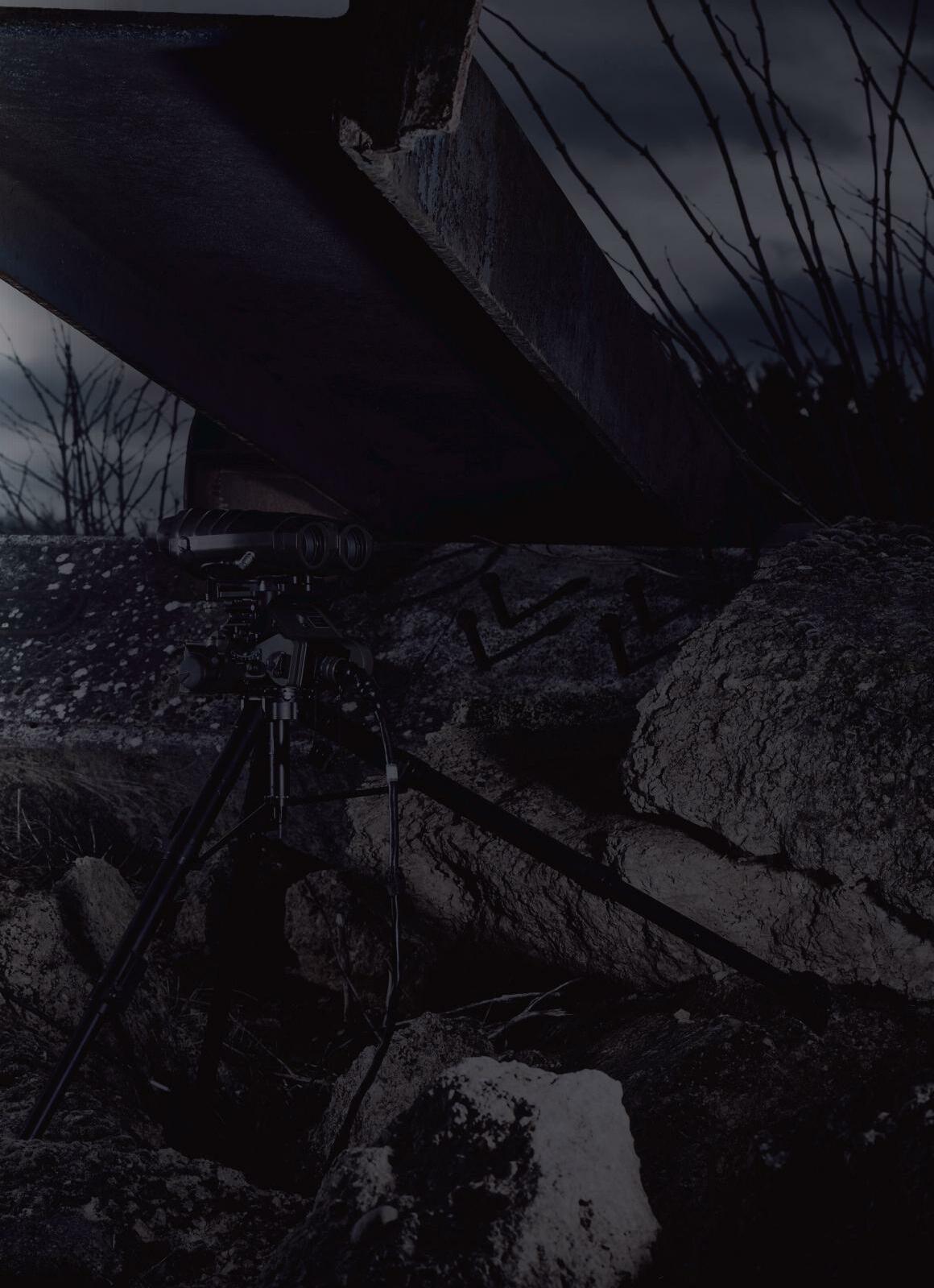
When the milestone 1997 Chemical Weapons Convention banned the use of chemical weapons by the international community, CBRN protection became largely limited to a small sub-set of specialist militar y operators Typically, only those personnel whose job it is to respond to chemical or biological attacks would ever need to deploy their respirators while on active ser vice
However, since then a number of governments and nation statebacked groups have shown themselves willing and able to deploy chemical weapons in non-militar y theatres, putting the lives of civilians, first responders and militar y personnel at risk
“These factors are driving militaries to reconsider how they equip their personnel for operations that can no longer exclude the possibility of chemical and biological threats,” Elwell said. “We are continuously applying our deep understanding of the CBRN threat and working with research teams to produce innovative solutions ready to take to market as needs evolve and requirements emerge
“We have already received orders for the EXOSKIN range from existing users of our respirator products, confirming our belief that users who know and trust the Avon Protection brand want to expand their use of our products to keep their operators safe in the field.”
www.avon-protection.com
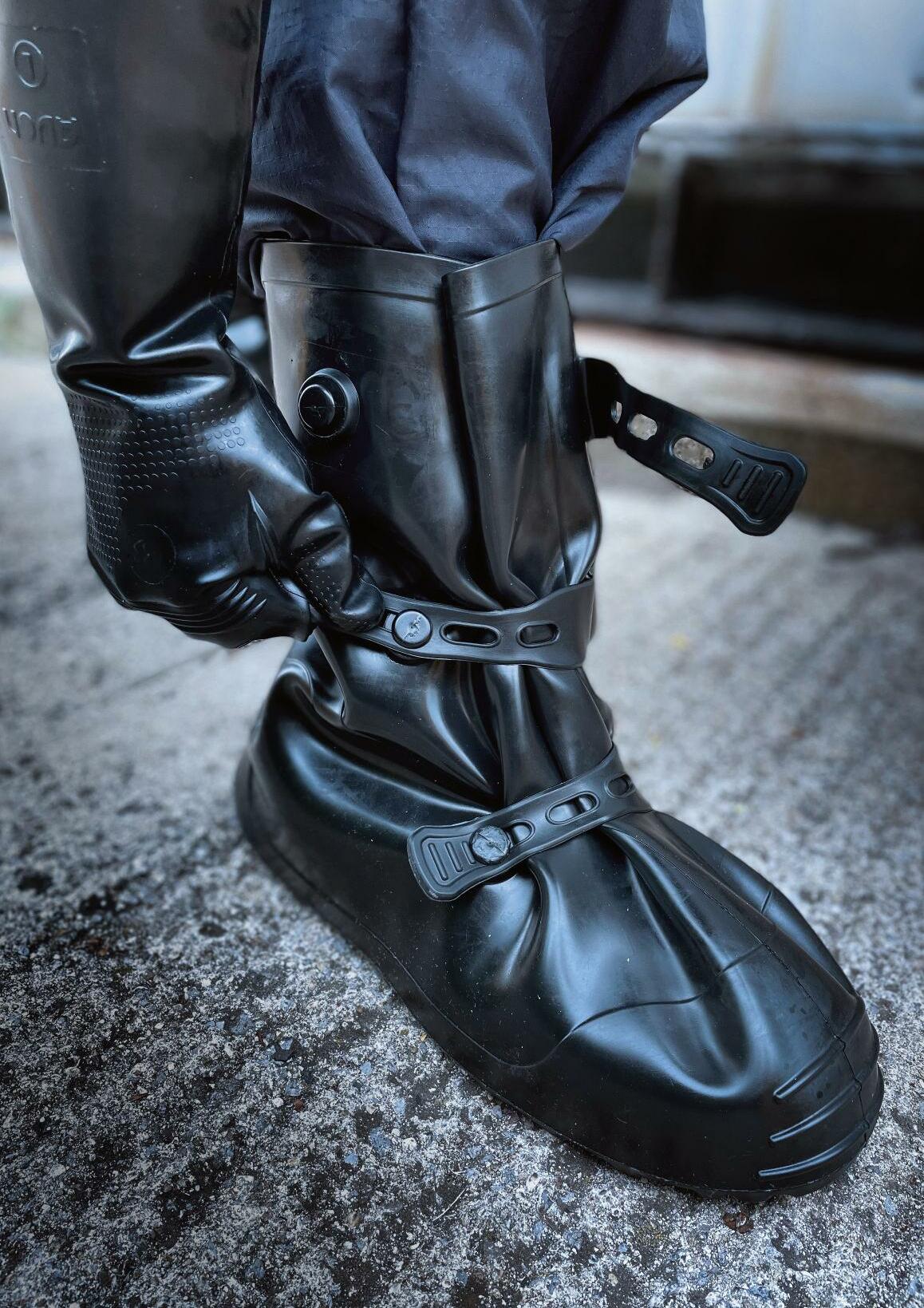






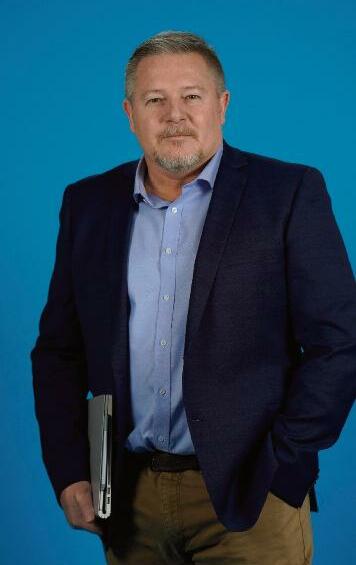


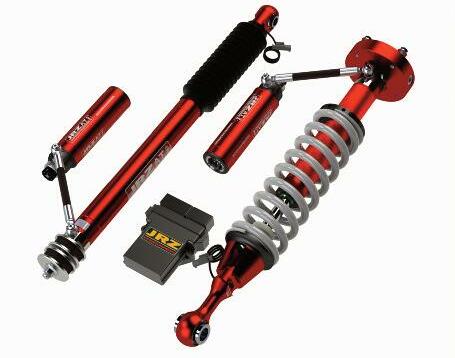
Ci v i l i a n A r m o u r e d Ve h i cl e s g e n e r a l l y r e q u i r e a n upgraded brake system to be able to cope with the added weight the armour brings to the vehicle. Over the years, TSS Interna tional BV has provided hundreds of these brake systems for pla tforms such as the To yota Land Cruiser 200 V8, the Mercedes-Benz G-Class, Nissan Pa trol Y62, Chevrolet Suburban, Mercedes-Benz S-Class and many others
A recent development in the automotive industr y is tha t the p a r k i n g b r a k e n o l o n g e r m a k e s u s e o f a d r u m - i n - h a t solution, where two separate brake shoes clamp into a drum integrated in each rear-axle brake disc. Instead, many OEMs no w choose to integra te the parking brake in the rear brake c a l l i p e r s a n d a c t i v a t e t h e c a l l i p e r s ’ p i s t o n s t o u s e t h e

operational brake pads to clamp onto the friction area of the brake disc. This has some advanta ges for the OEM, mainly in regard to cost. For the armouring industr y ho wever, this poses a challenge, in tha t this type of brake calliper does not easily allo w the required increase in size of the brake discs in order to crea te more stopping po wer for the added weight
Until no w. Through close collabora tion with MOV’IT GmbH, T S S I n t e r n a t i o n a l B V h a s t w o c o m p l e t e - v e h i cl e b r a k e u p g r a d e s f o r a r m o u r e d v e r s i o n s o f t h e n e w To y o t a L a n d Cruiser 300 and the la test model Mercedes-Benz G-Class



Both upgrades consist of front axle brake discs, callipers, brake lines & brackets, as well as a rear axle upgrade with





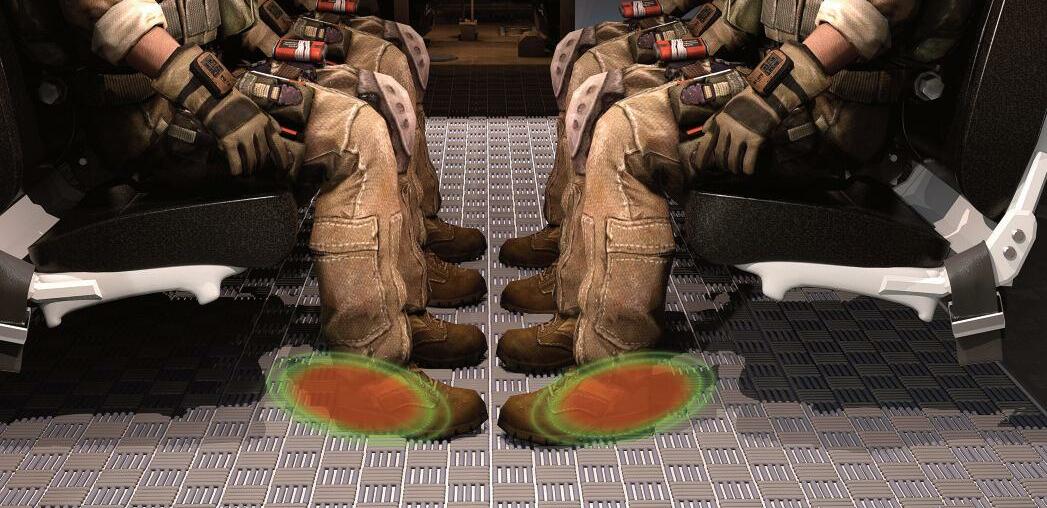




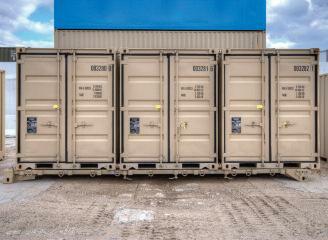

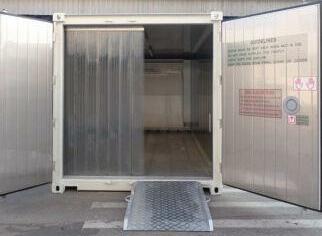




Militar y foam packaging demands a much greater attention to detail than commercial packa ging solutions A large amount of militar y cargo requires careful packaging and handling due to the sensitive ma terials. The equipment must be protected from physical impacts, clima te changes and an y biochemical hazards too. Militar y equipment is often transported around the world, which is why the defence foam packaging needs to be of the highest quality to ensure safe transportation Kewell Converters take into account the likelihood of physical impact and others factors in the transporta tion of sensitive goods. Tha t’s why our militar y foam packaging is produced to the highest possible standard and we take all of these things into considera tion Our expert team has a great deal of experience in producing military foam packaging for all kinds of purposes
We understand the needs for high-quality militar y foam packaging and manufacture products for this purpose. Kewell Converters Ltd. manufactures foams tha t meet or exceed the follo wing militar y requirements:
We supply high performance protection for a pplica tions such as helmet inserts or aircraft ejector seats In addition to which we supply packa ging, case inserts and bespoke foam parts for a pplica tions such as ordinance packing & protection, wea pons carria ge and bespoke designed flight cases and inserts machined to fine tolerance when accuracy is critical Our engineered militar y foam is perfect for these applications as it has a number of properties that make it the ideal ma terial This includes the lo w mass, energ y absorption, durability, strength under compression and tension that engineered foam packaging offers
Static dissipative and conductive foams also find many applications in the militar y sector.





